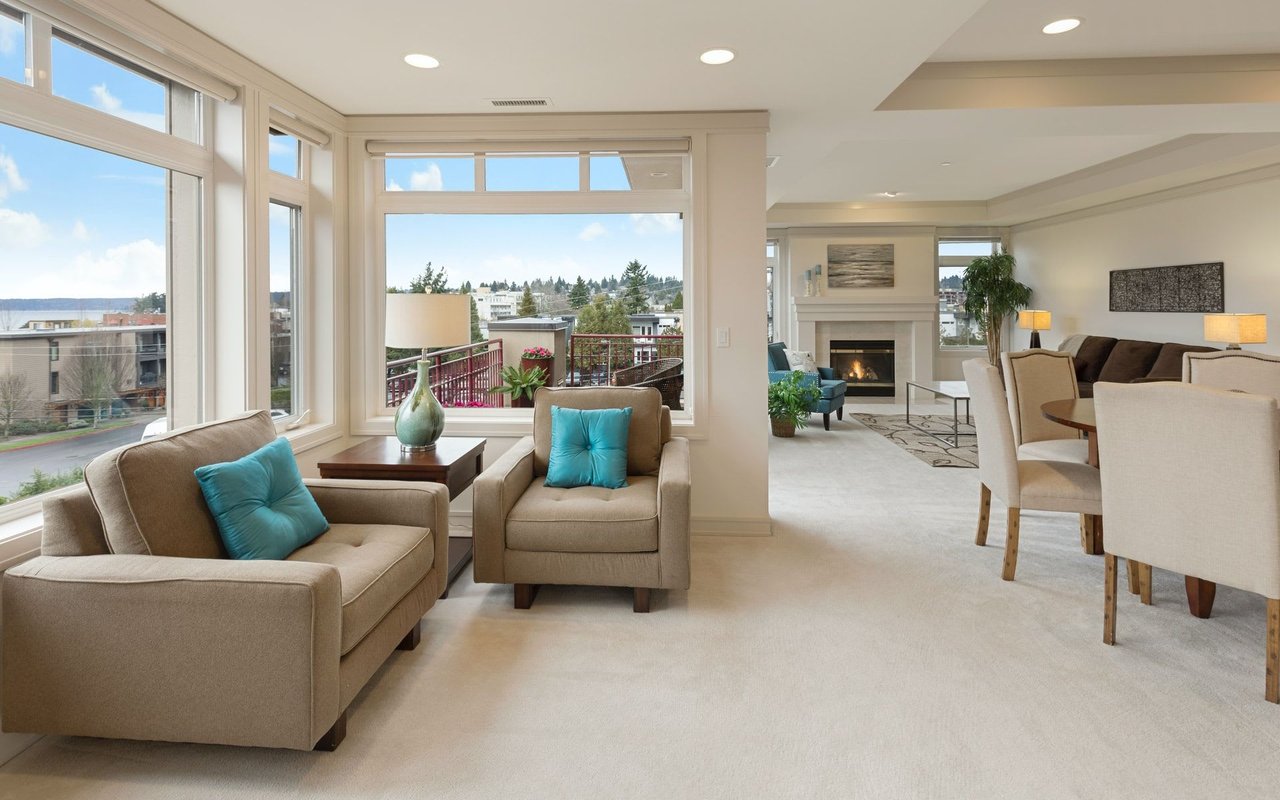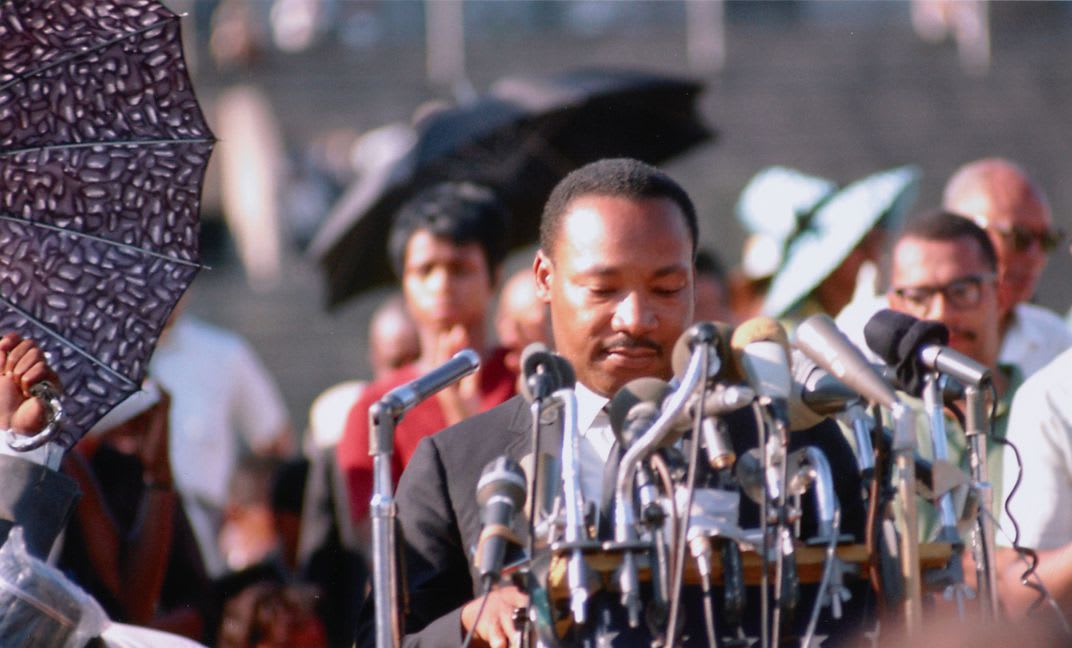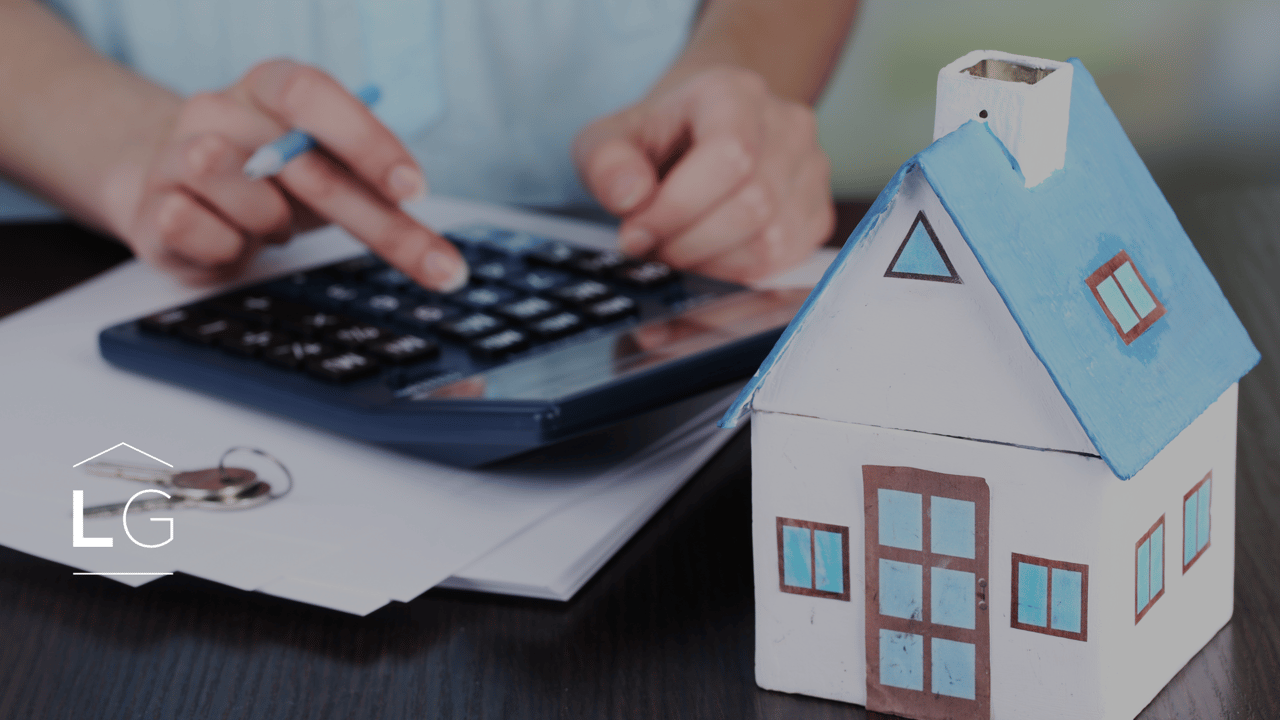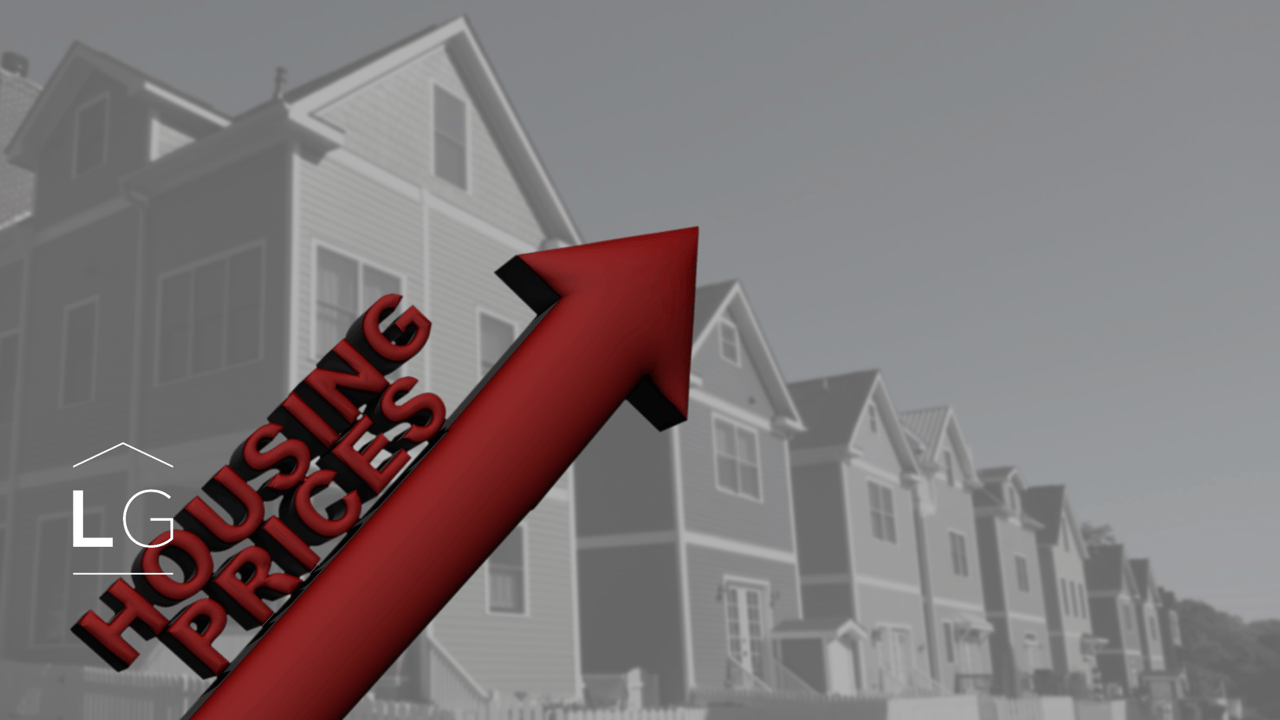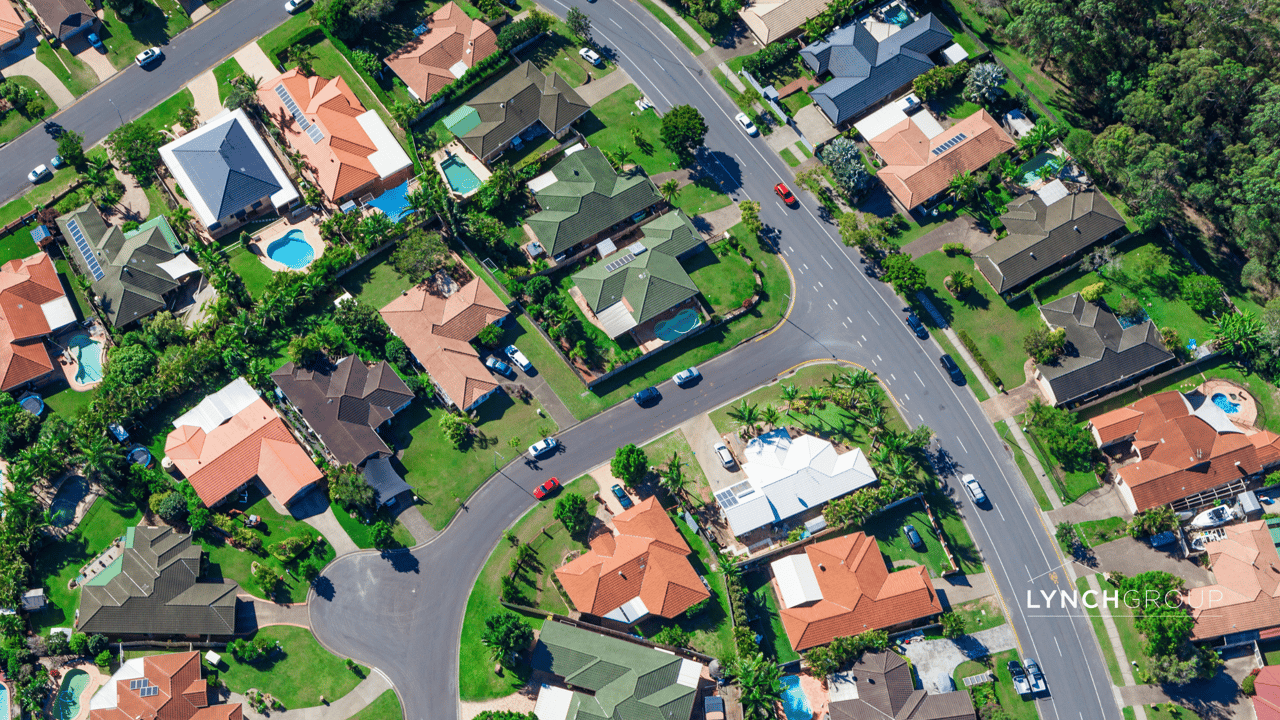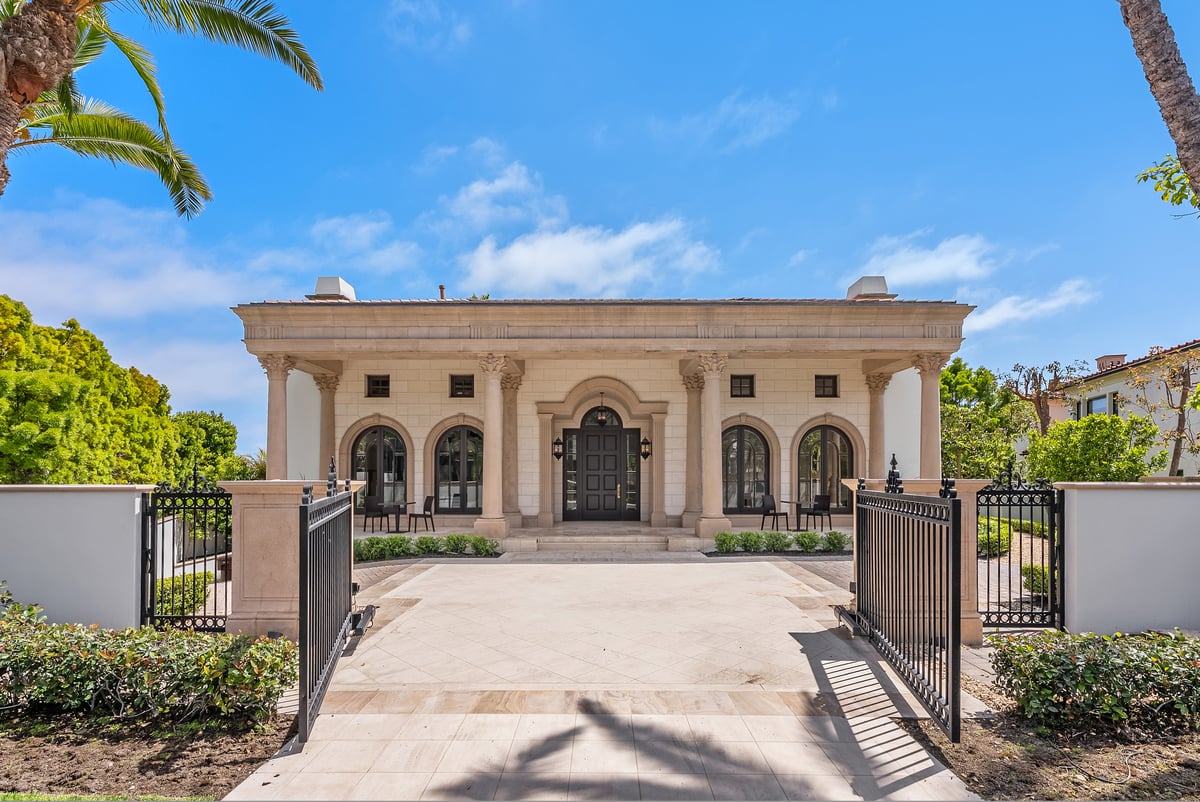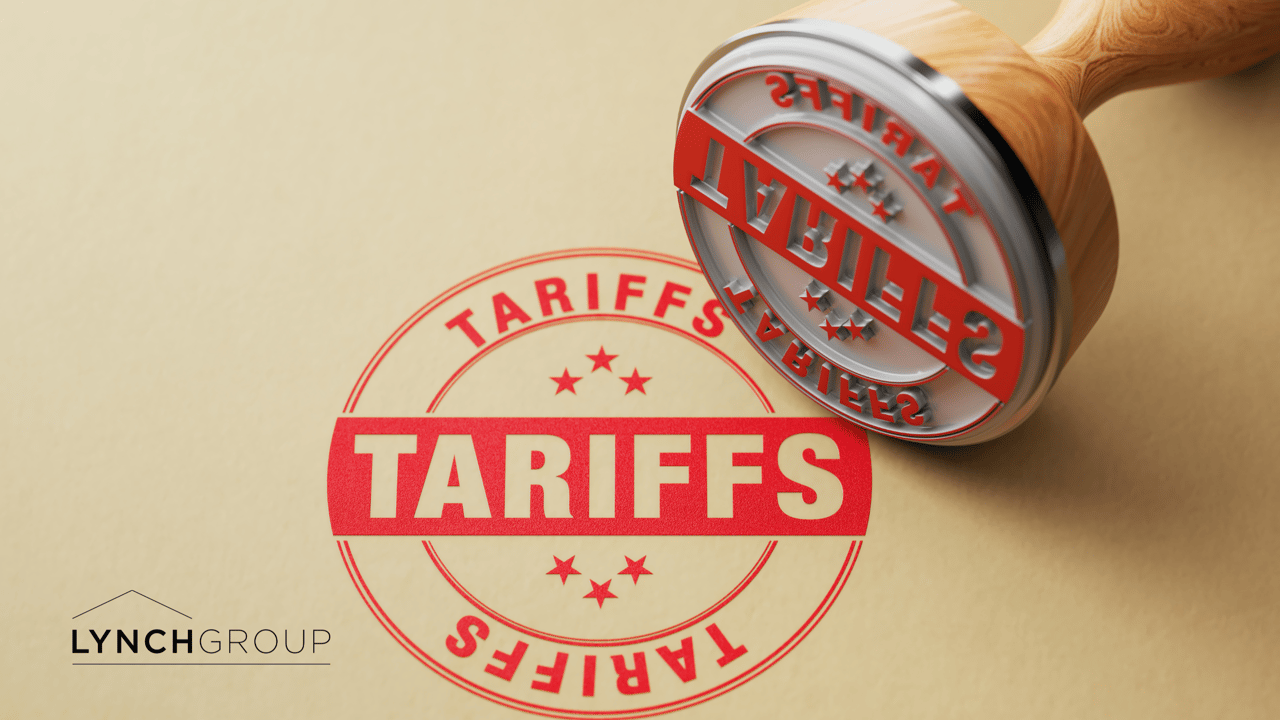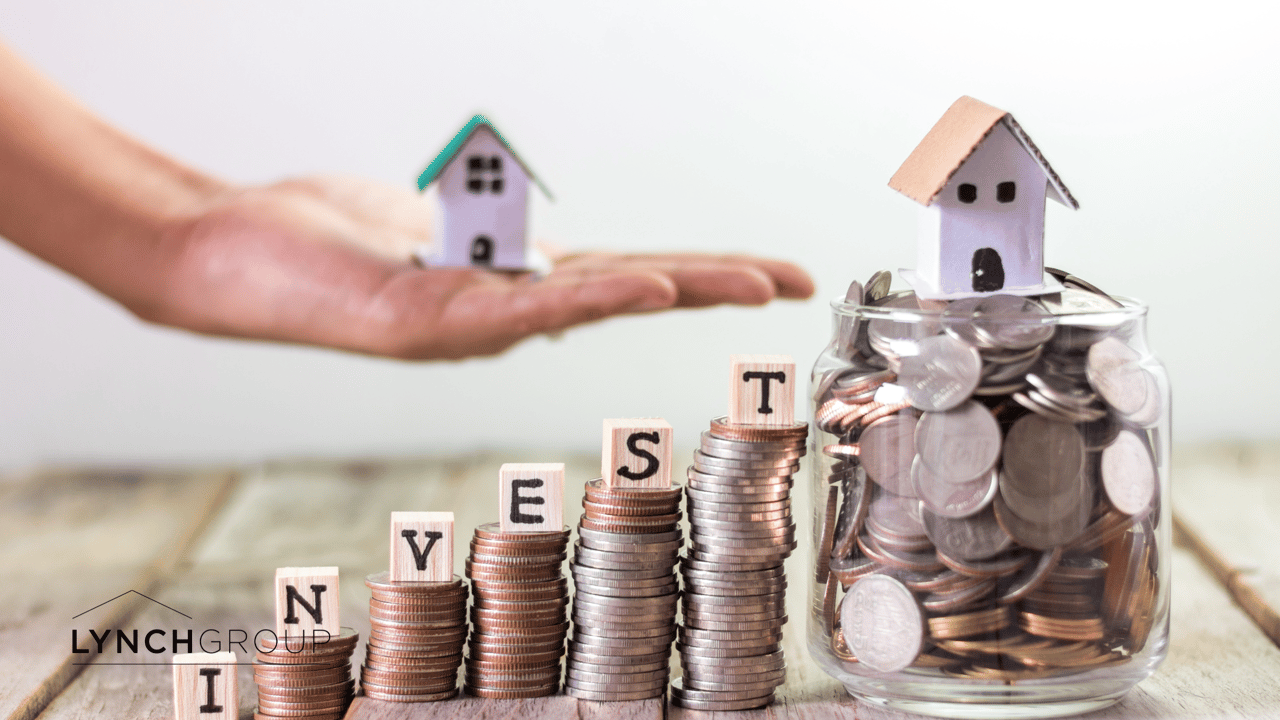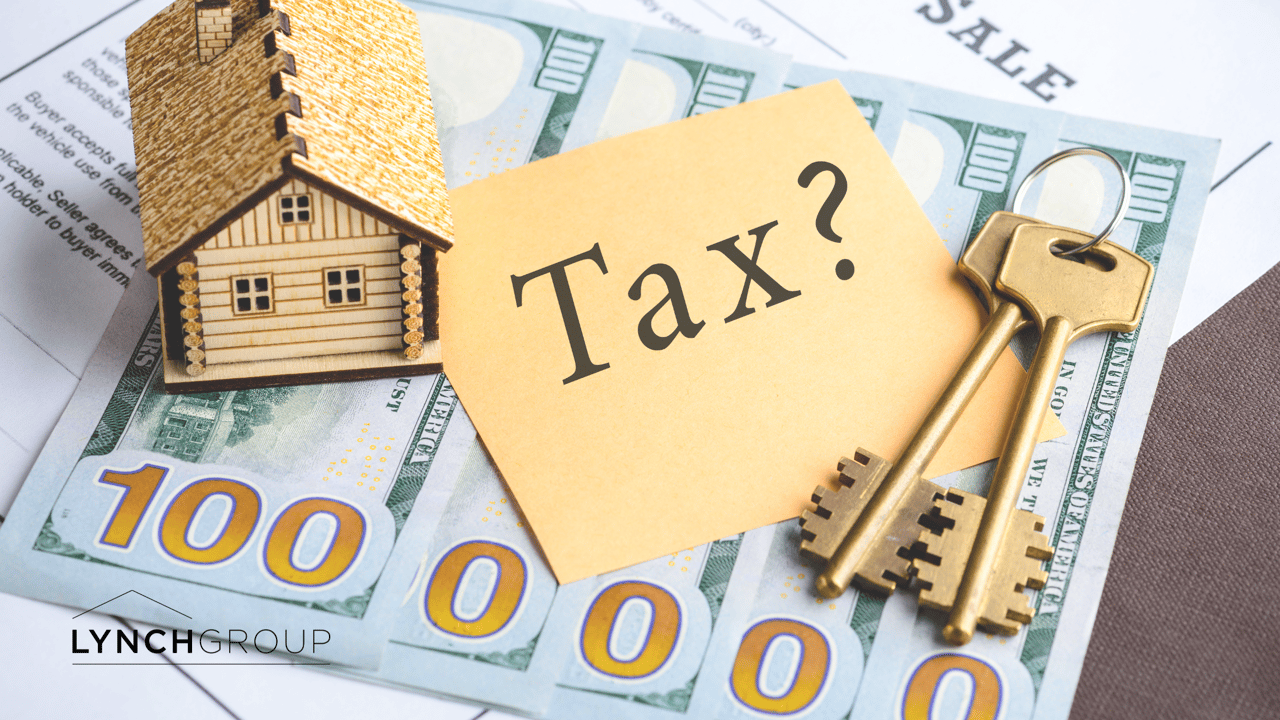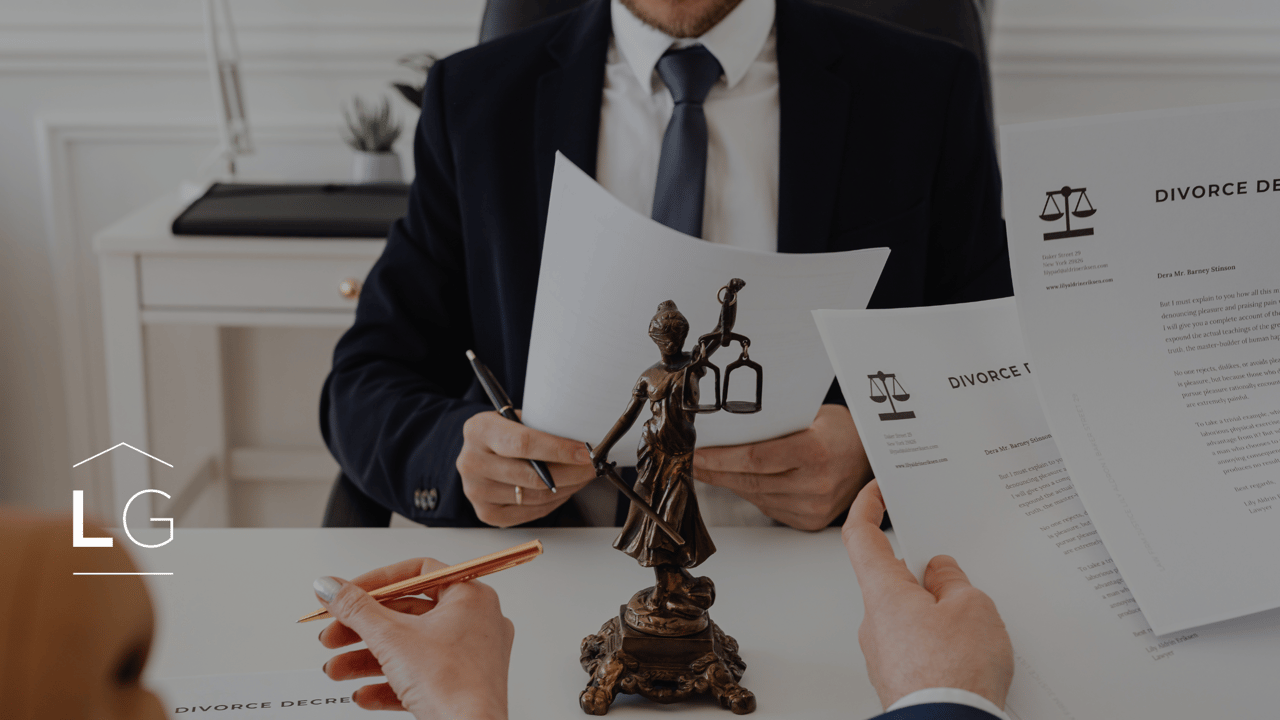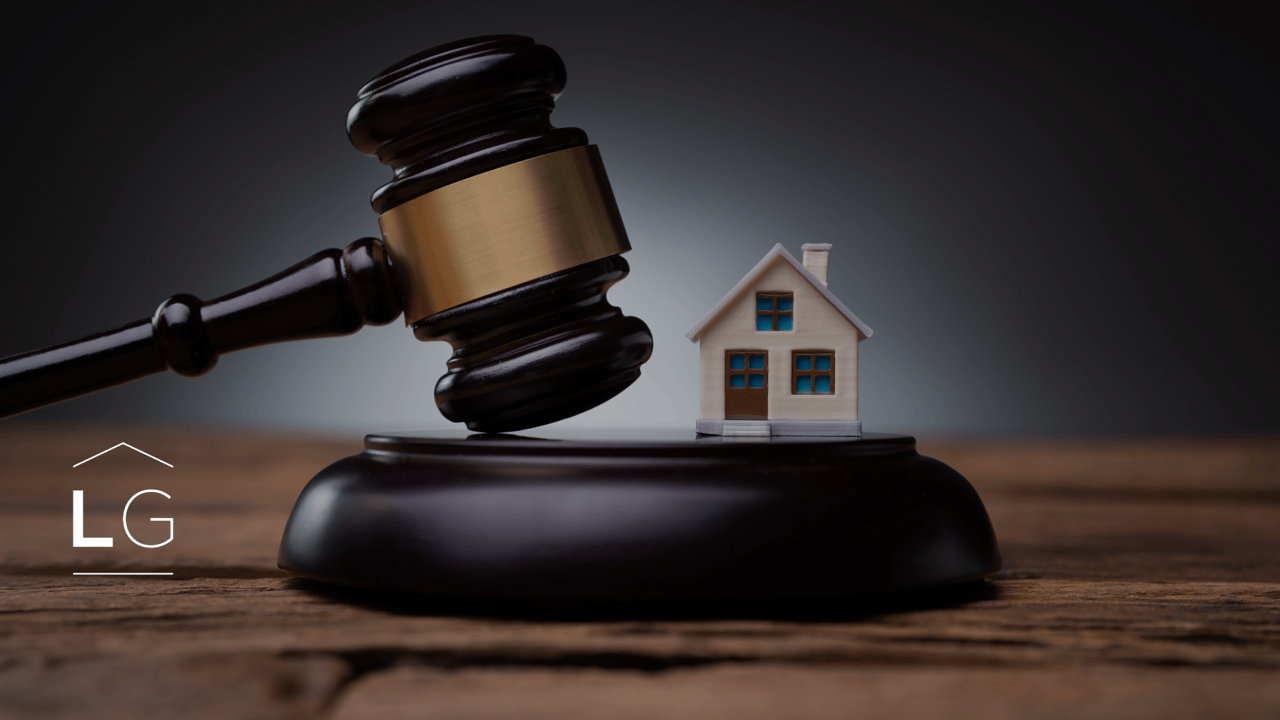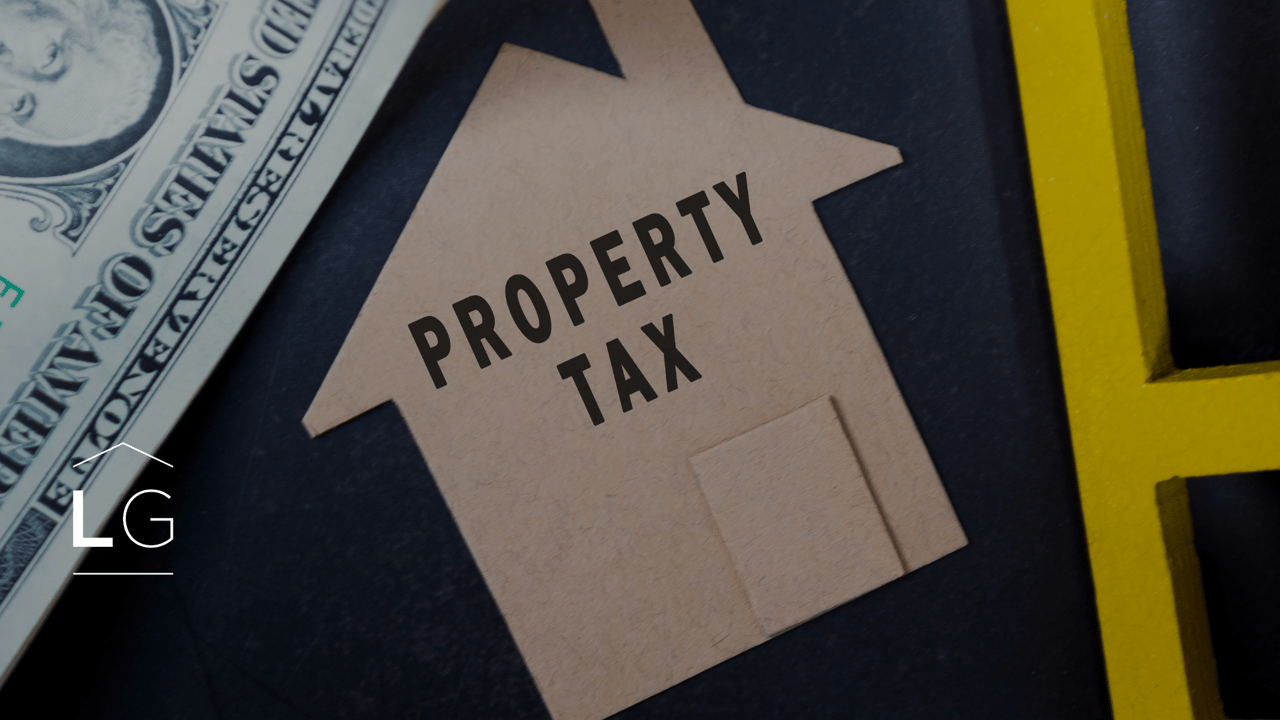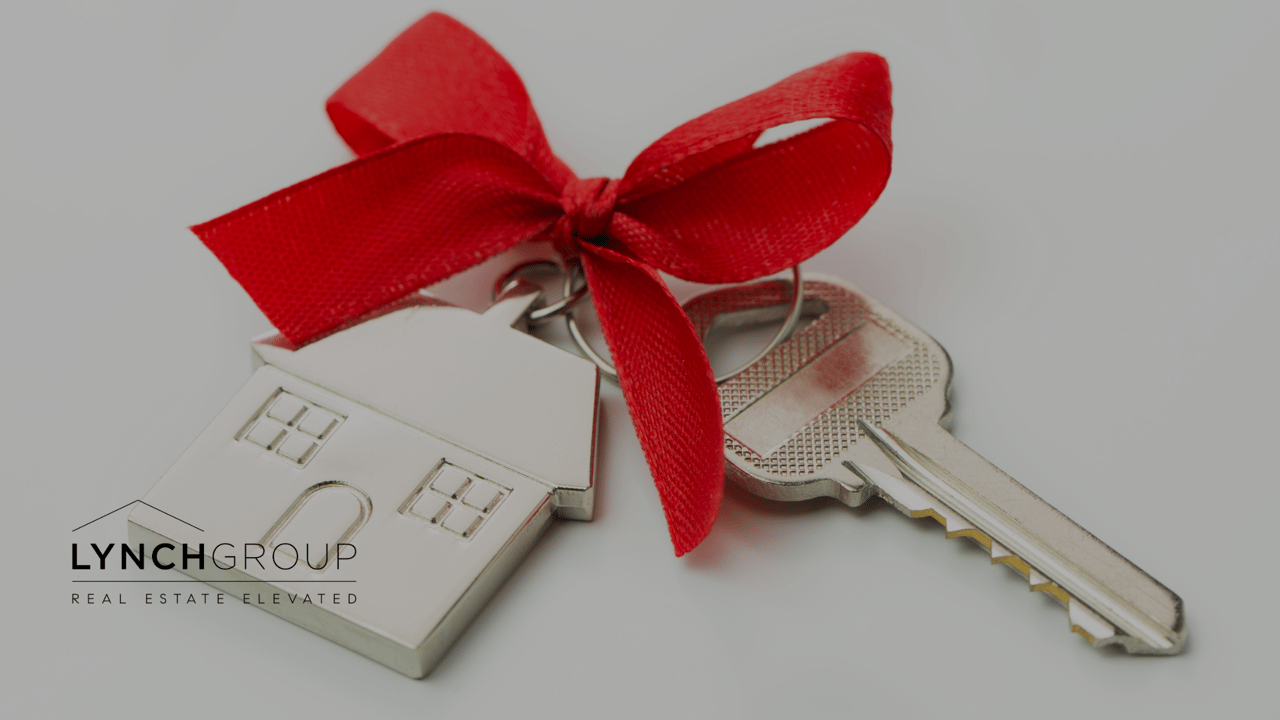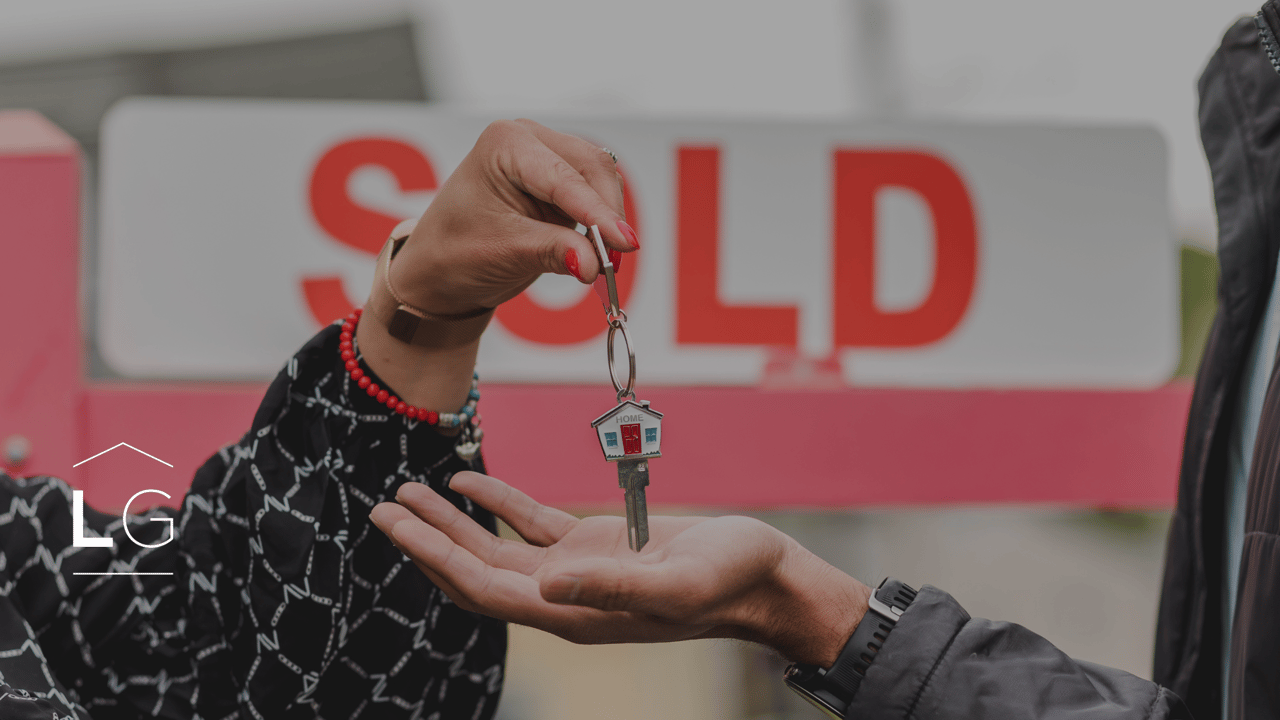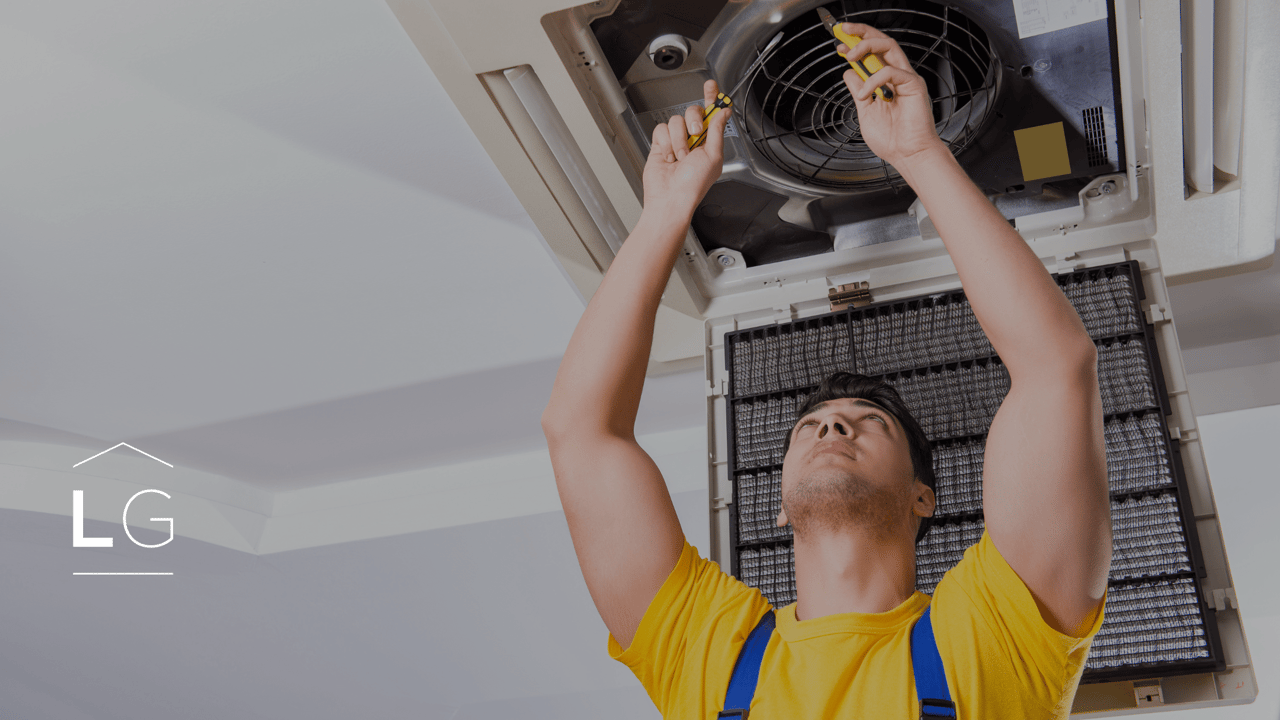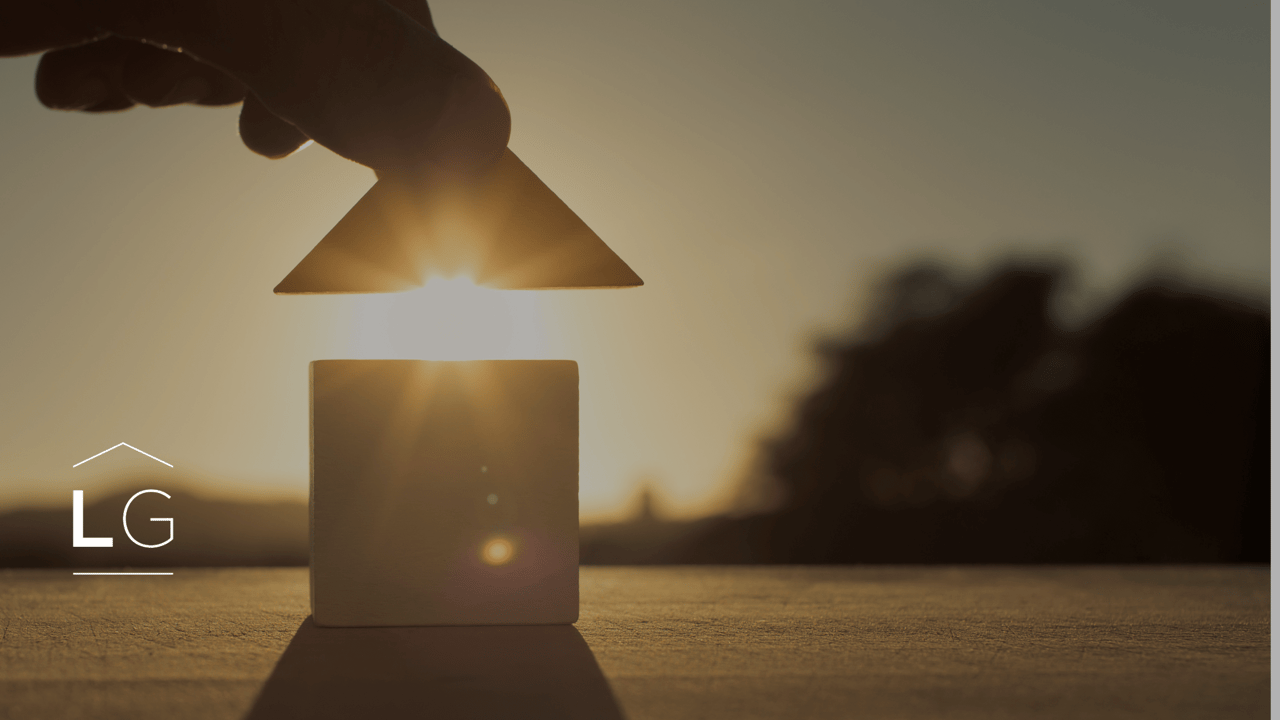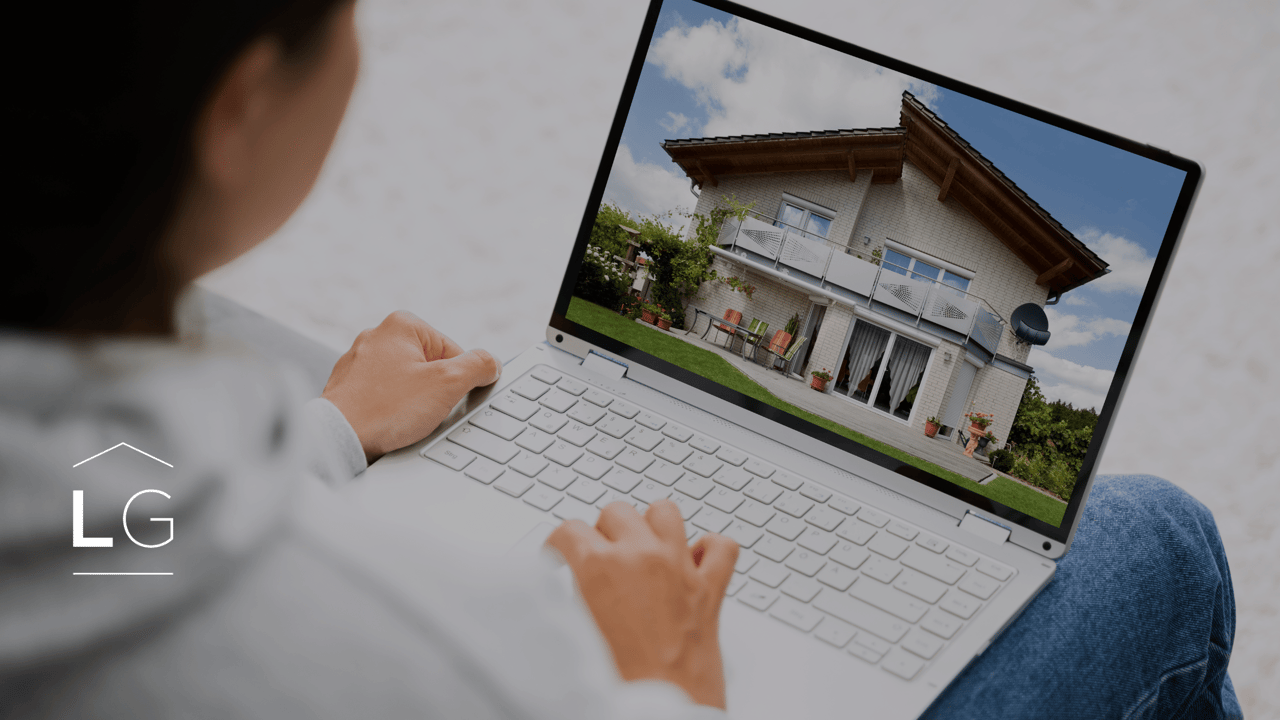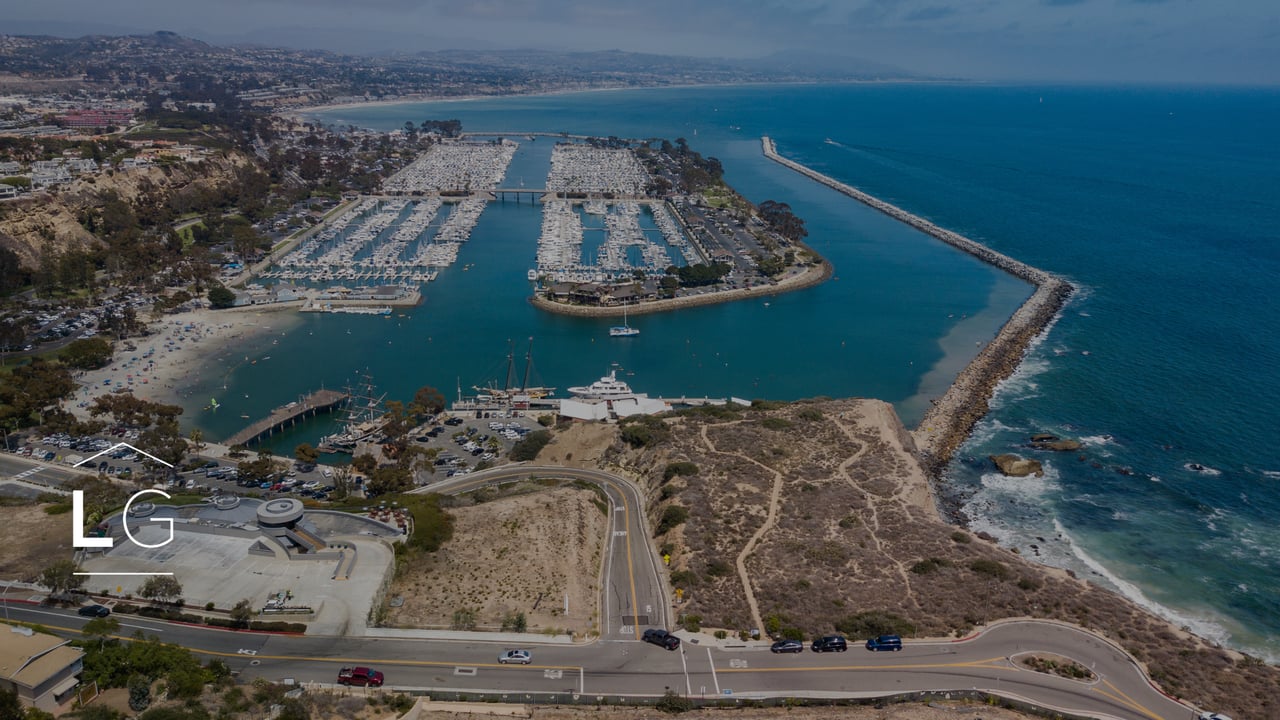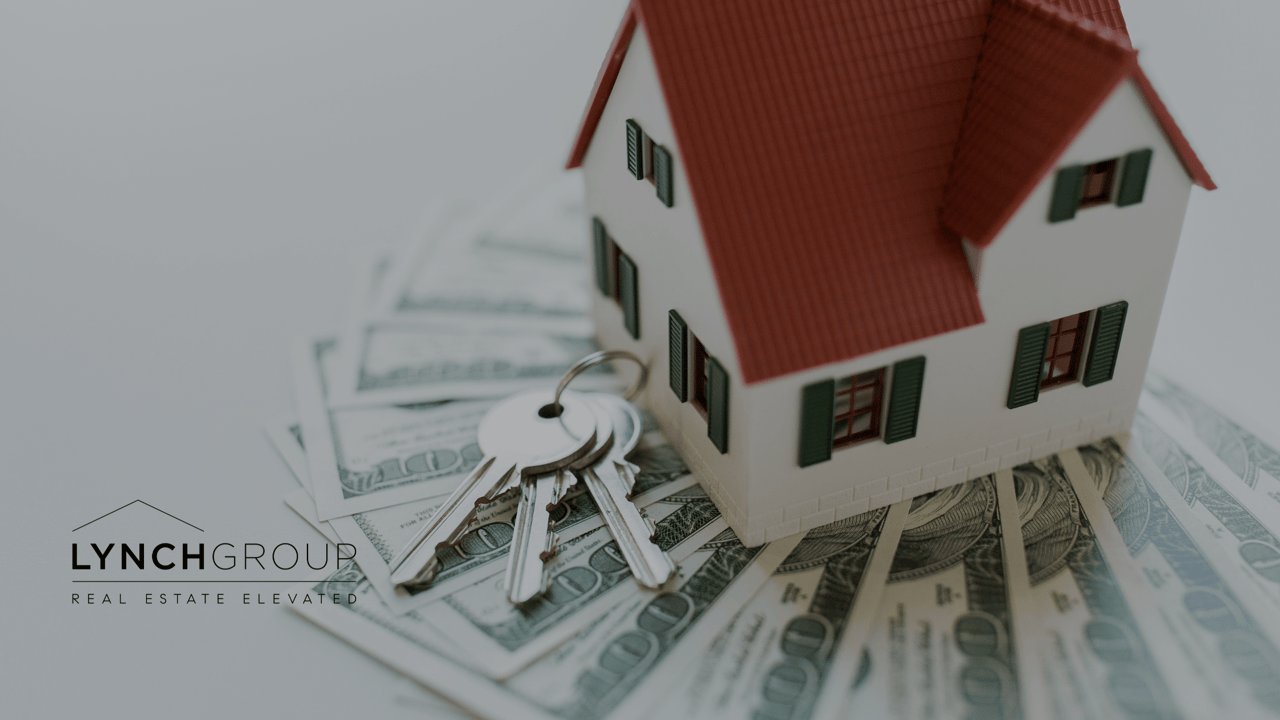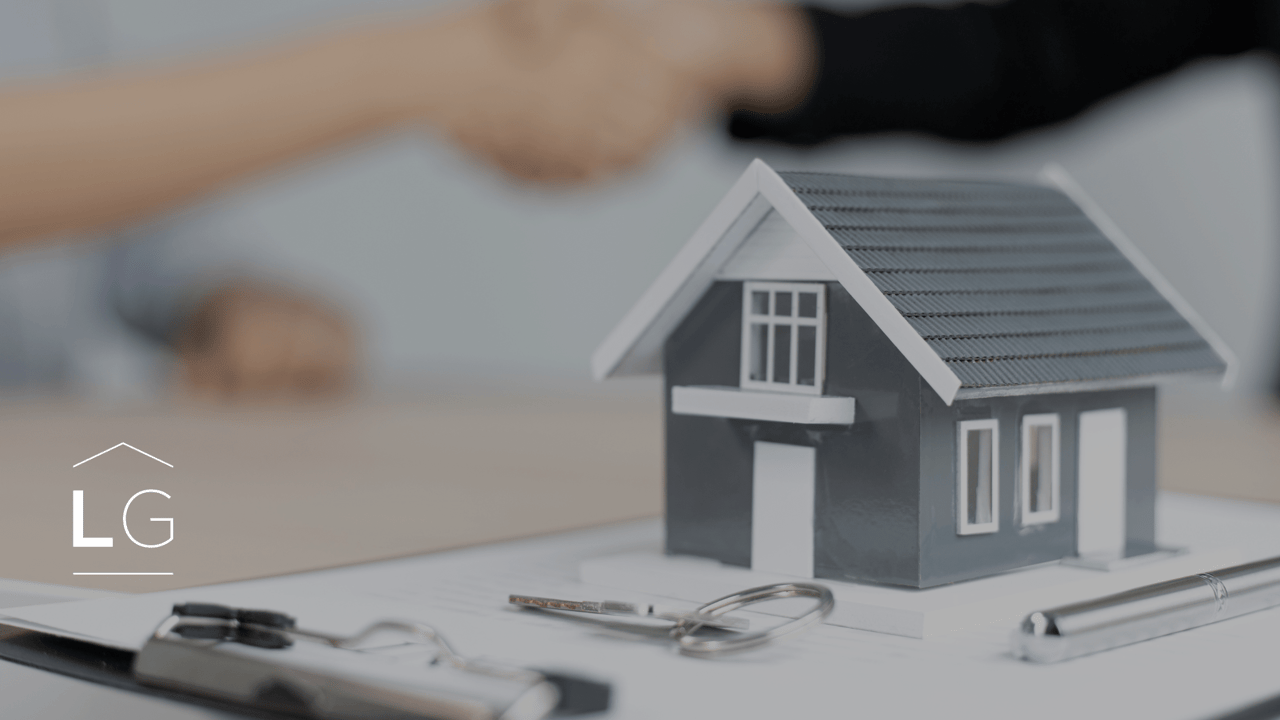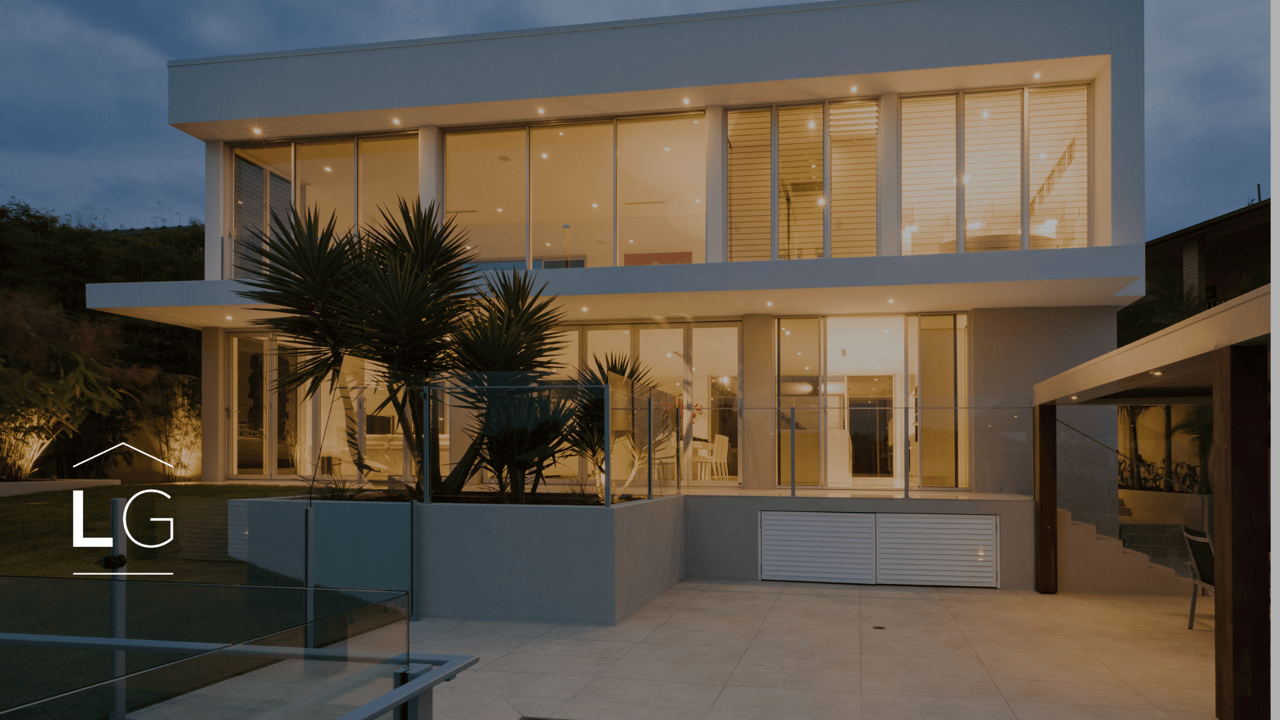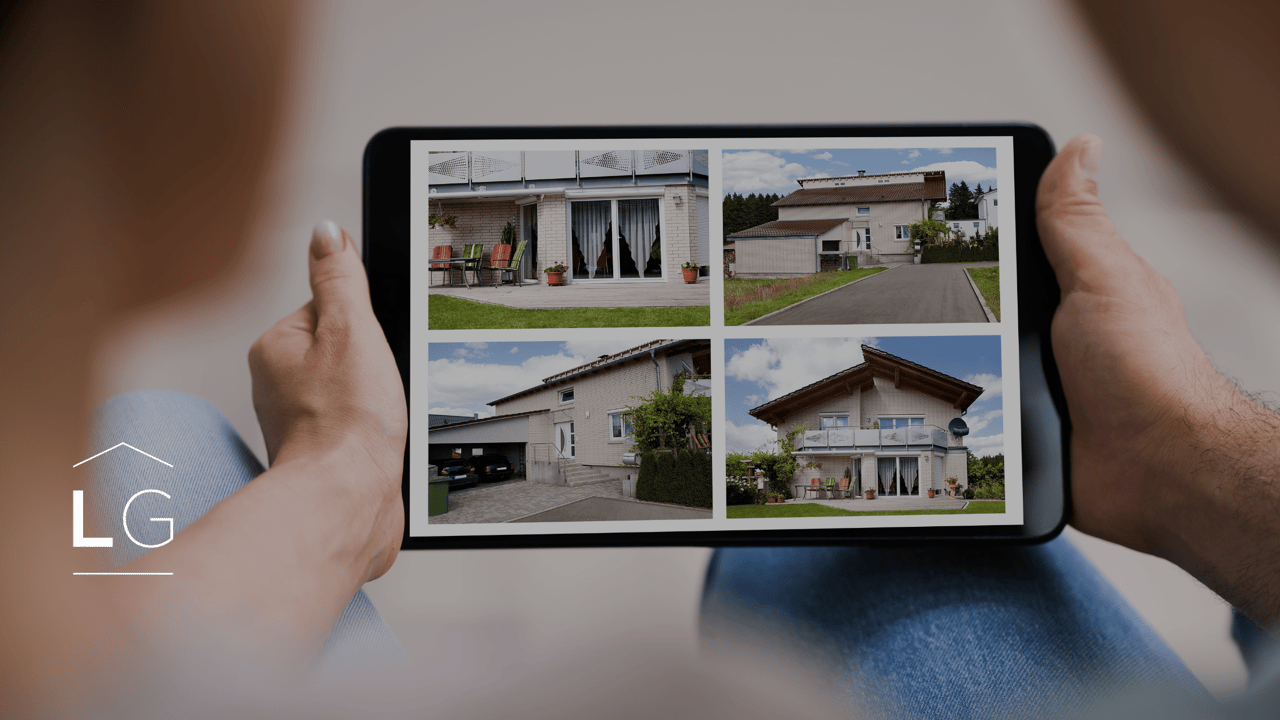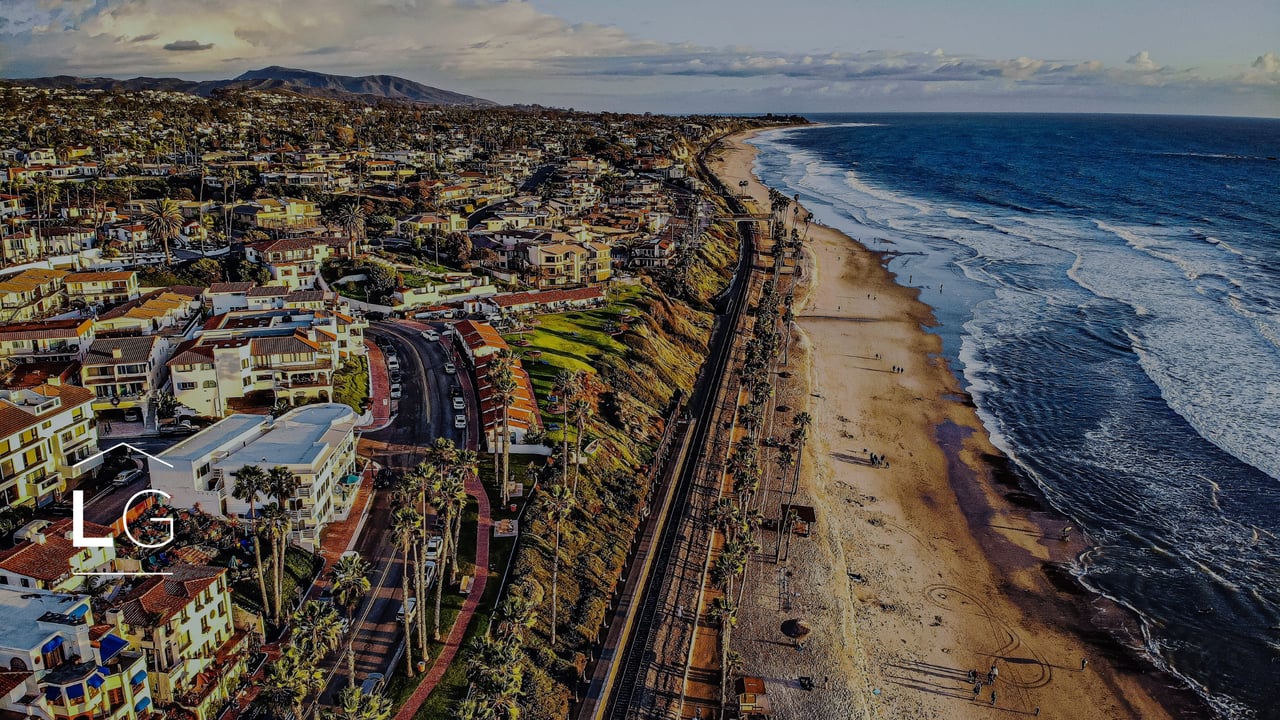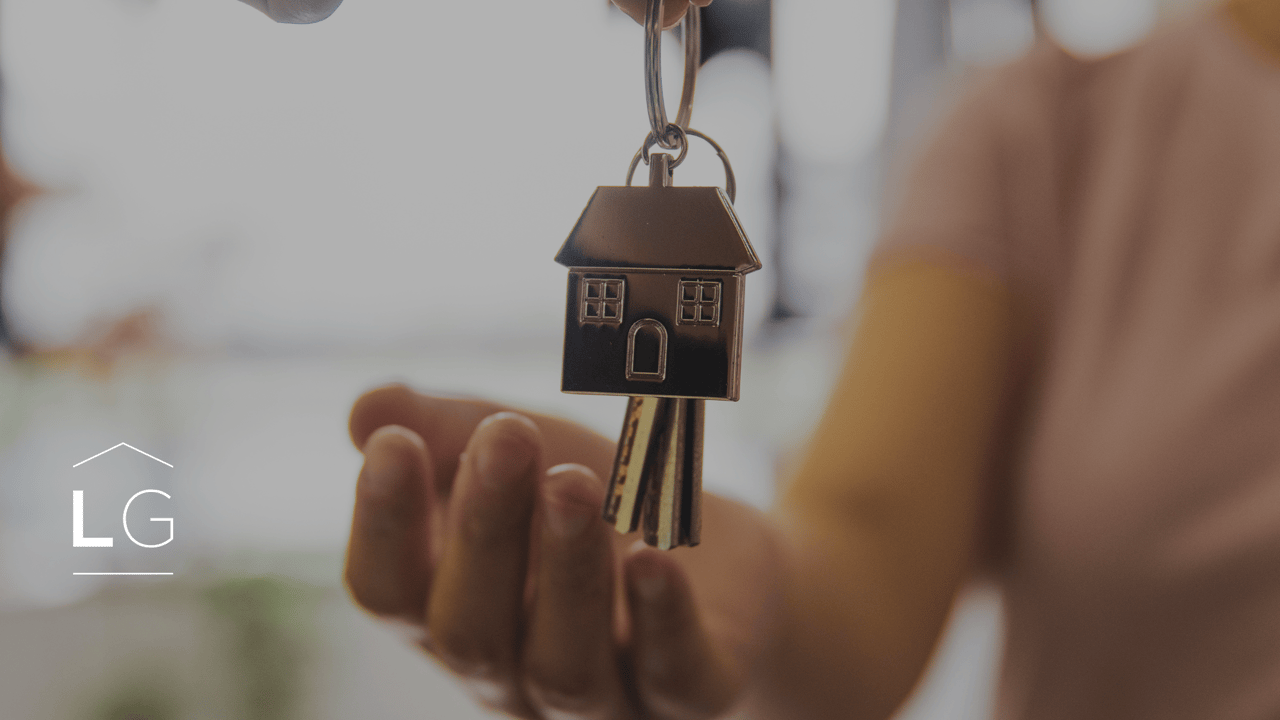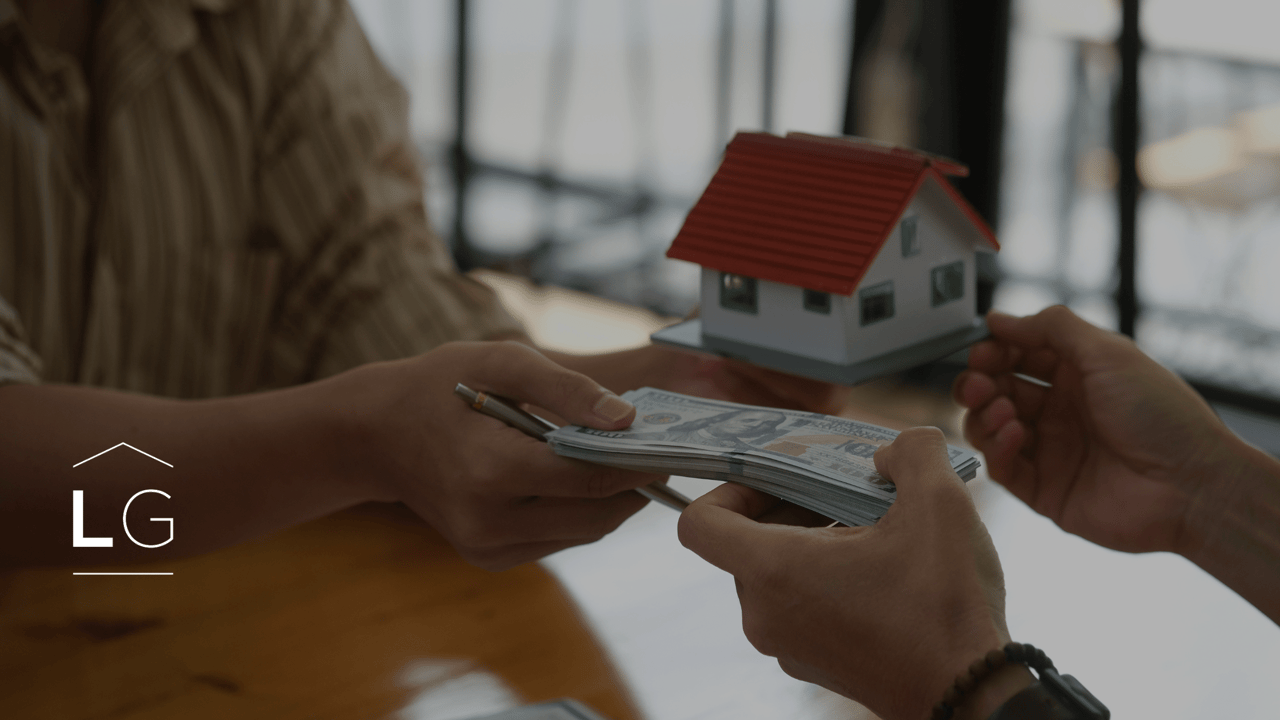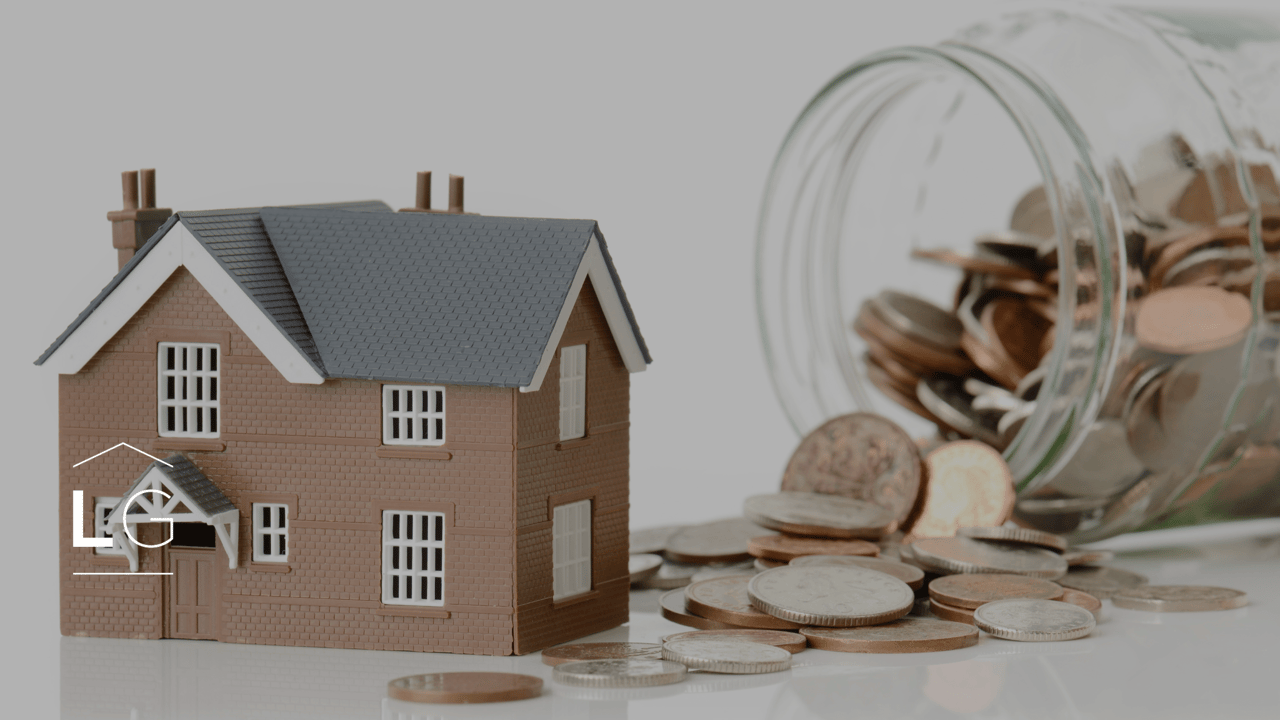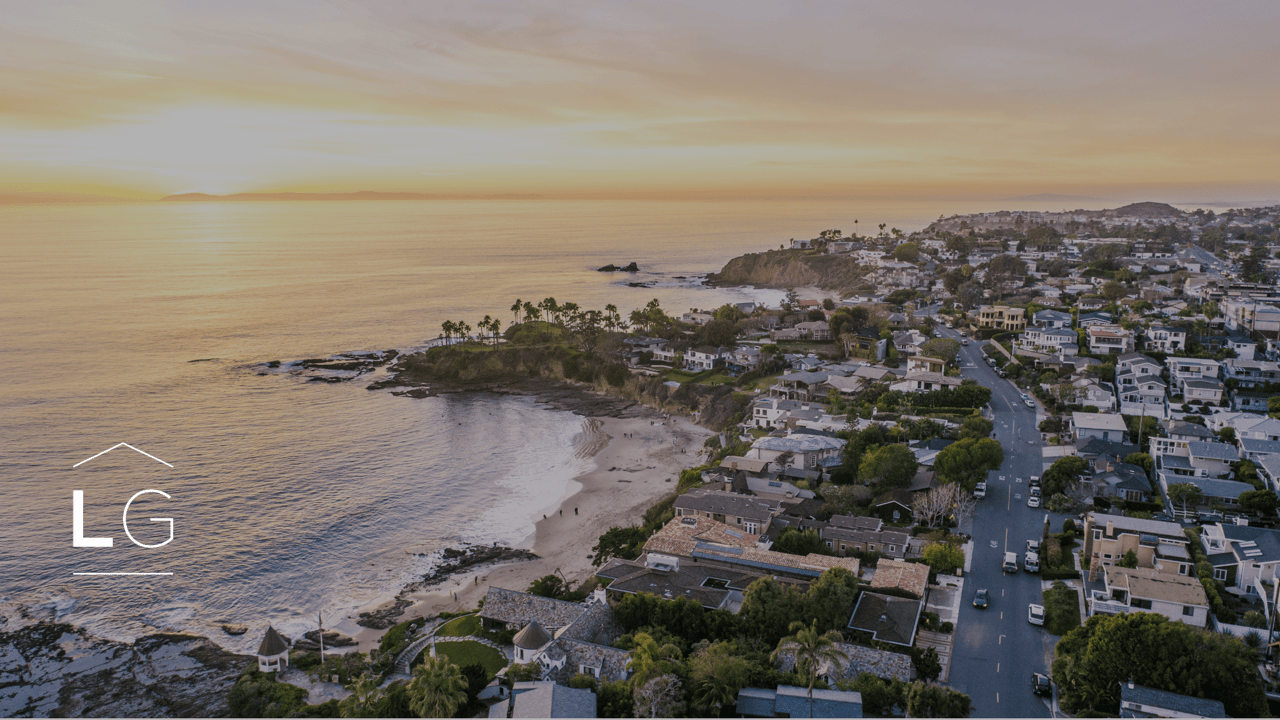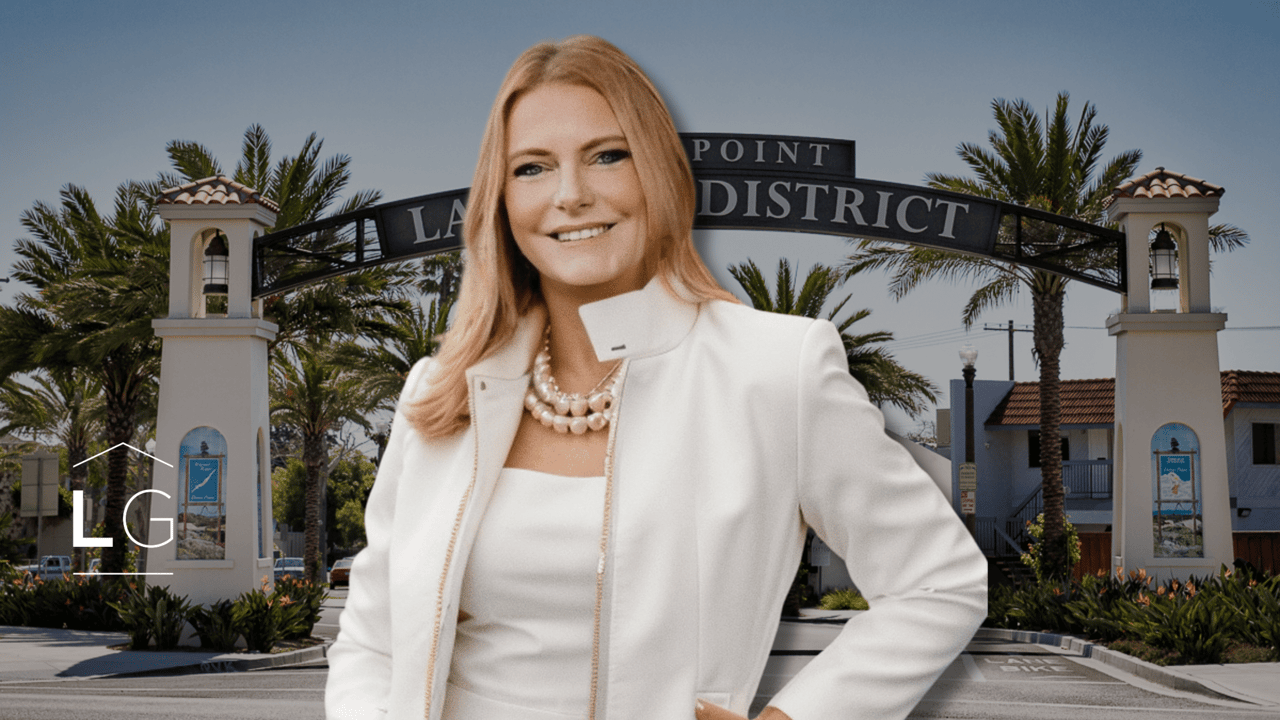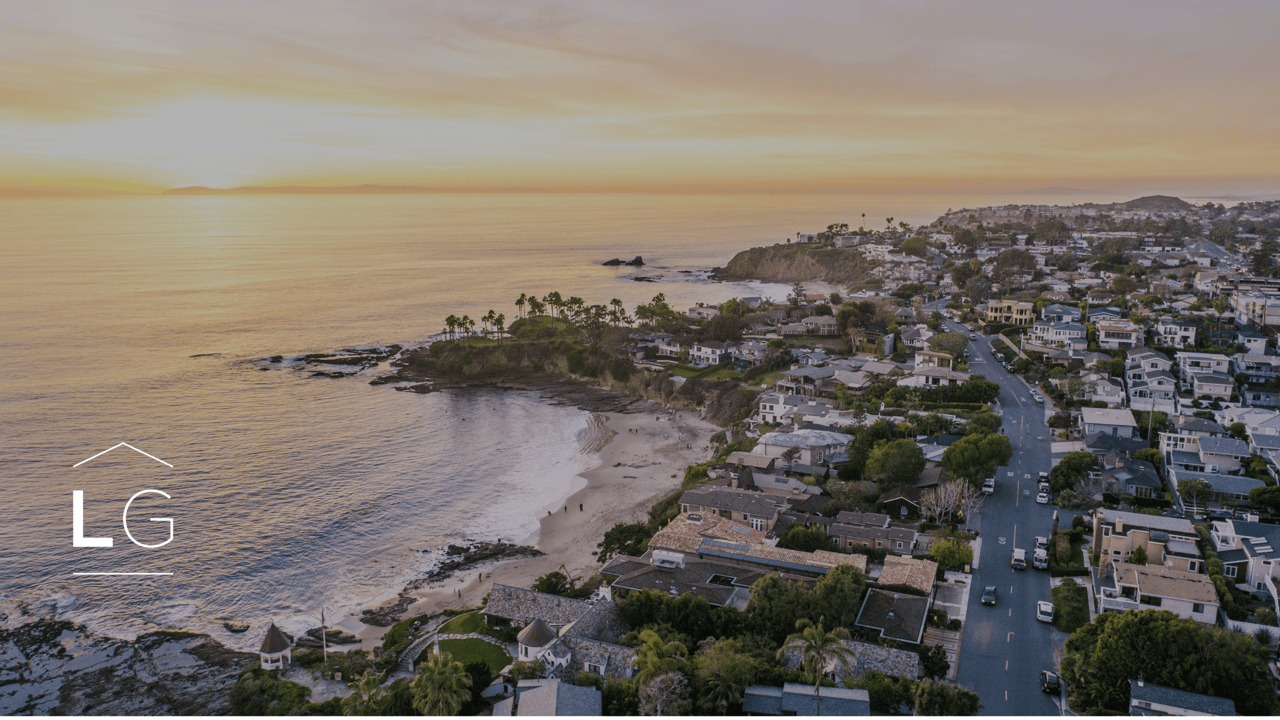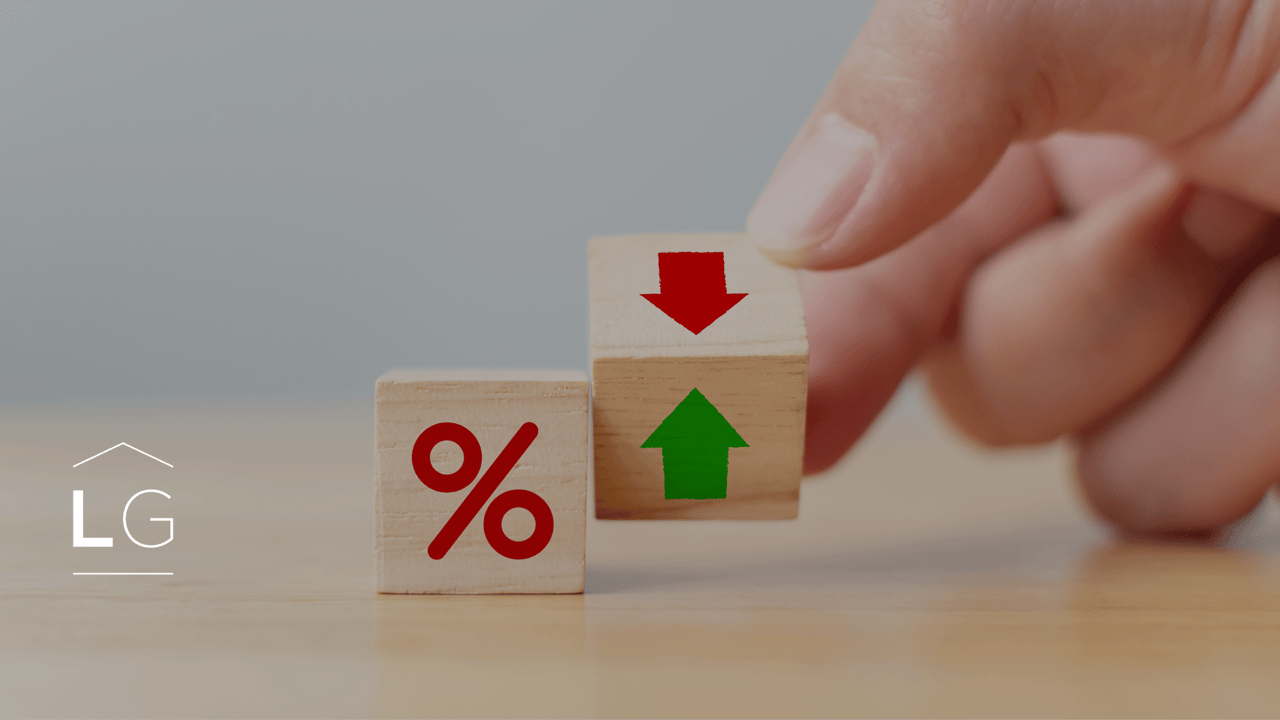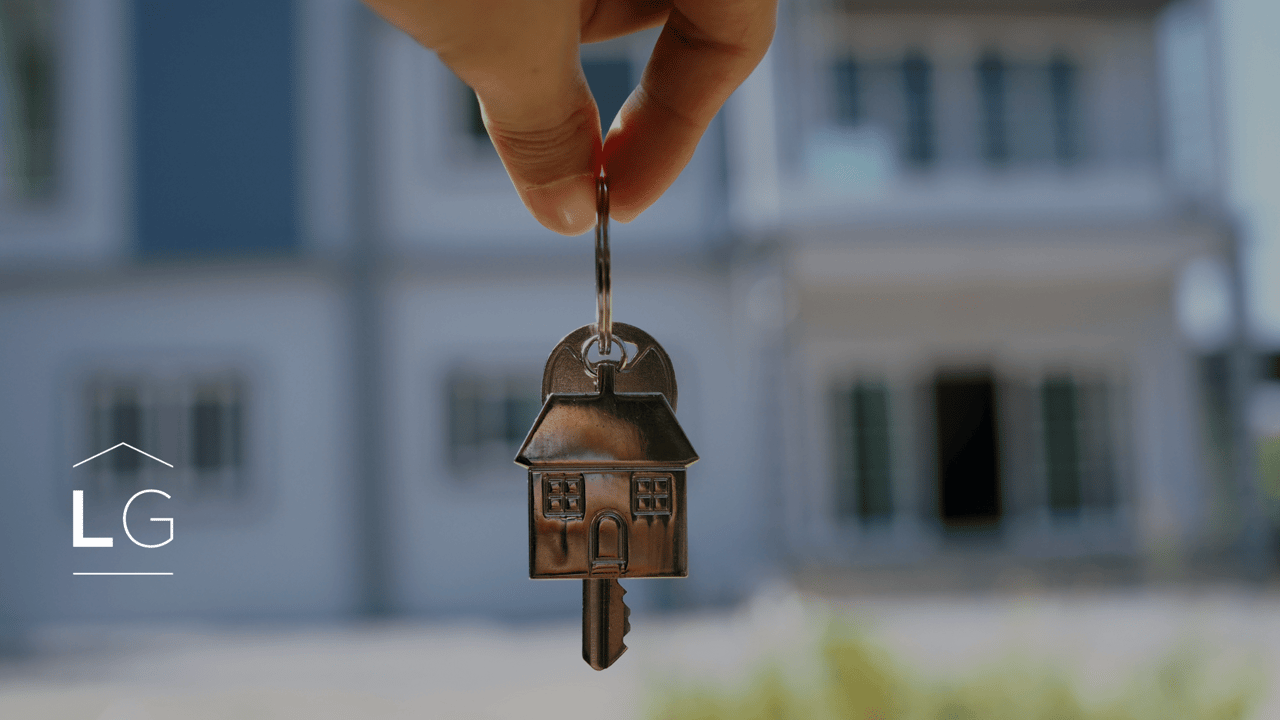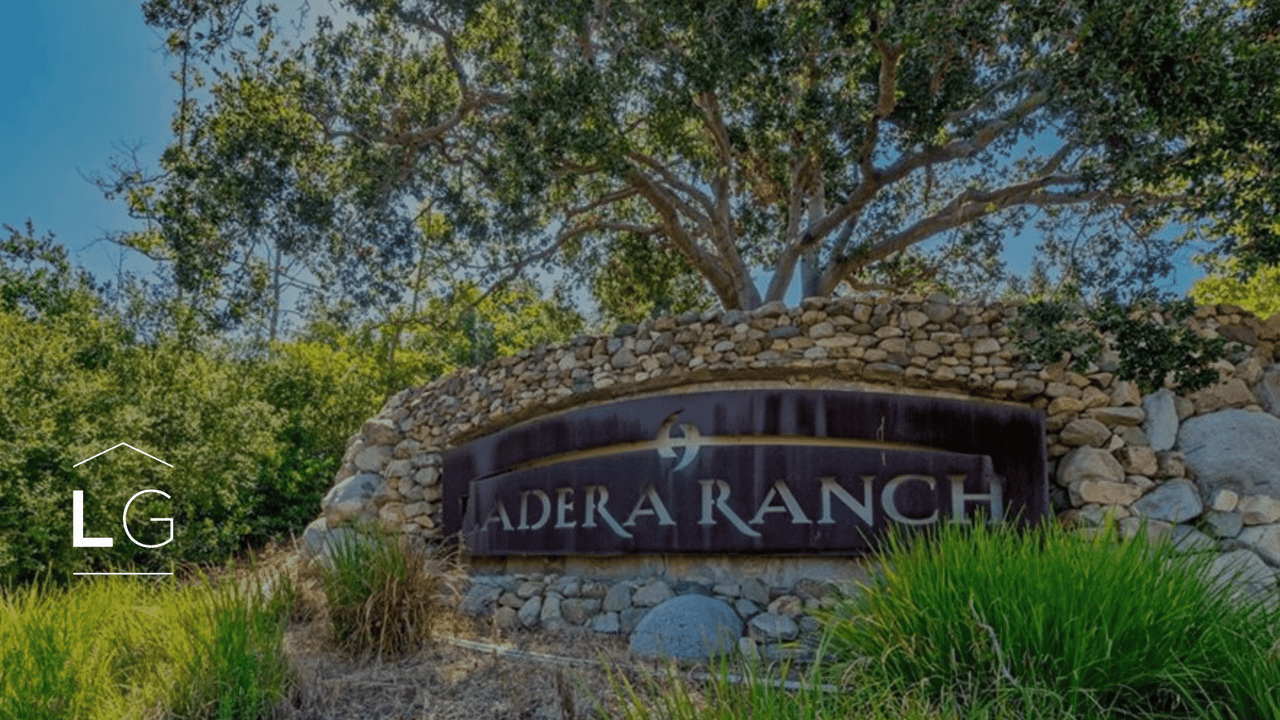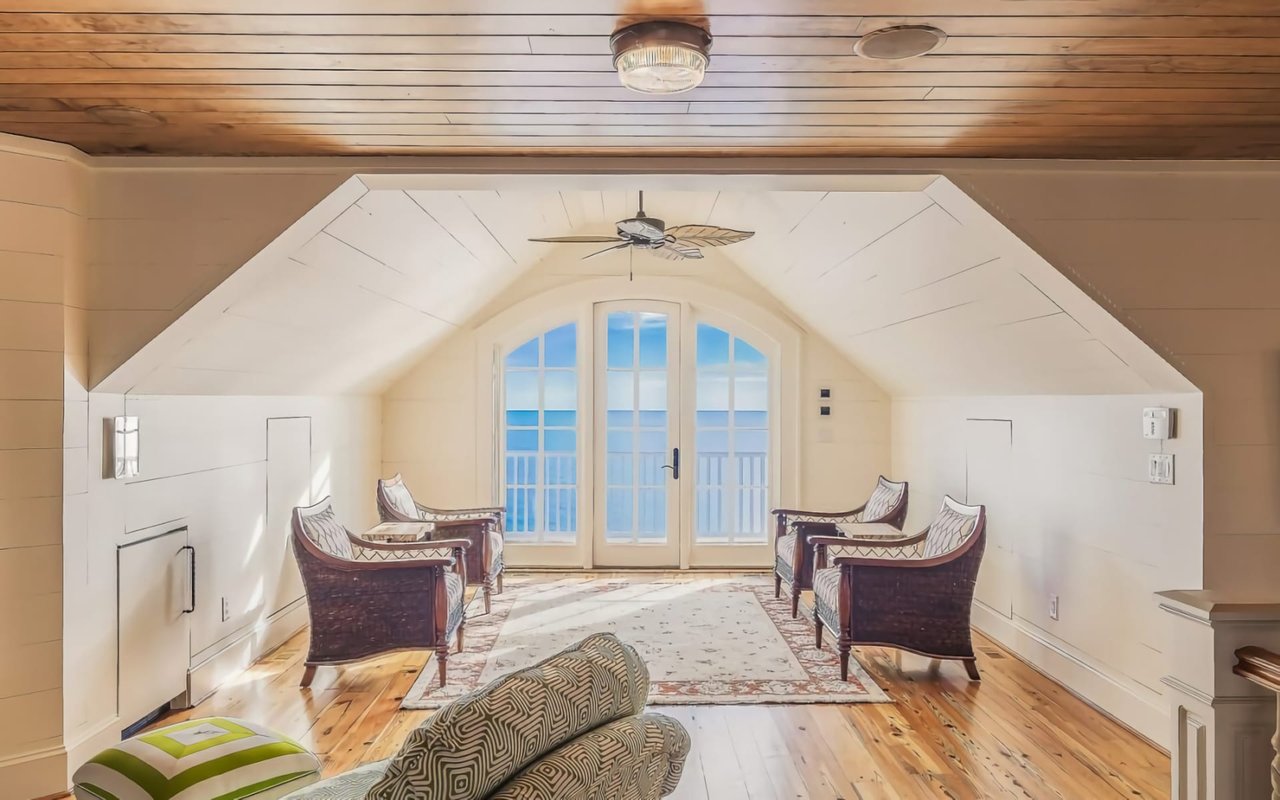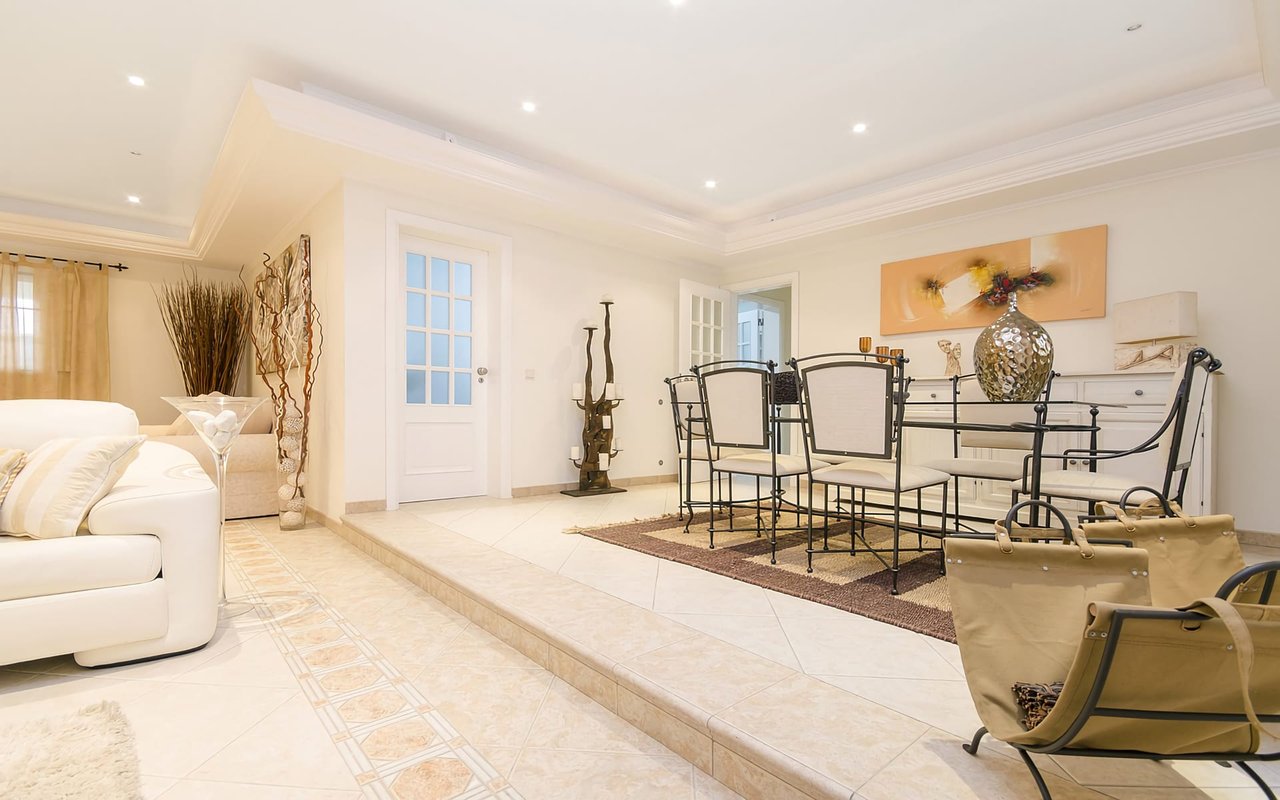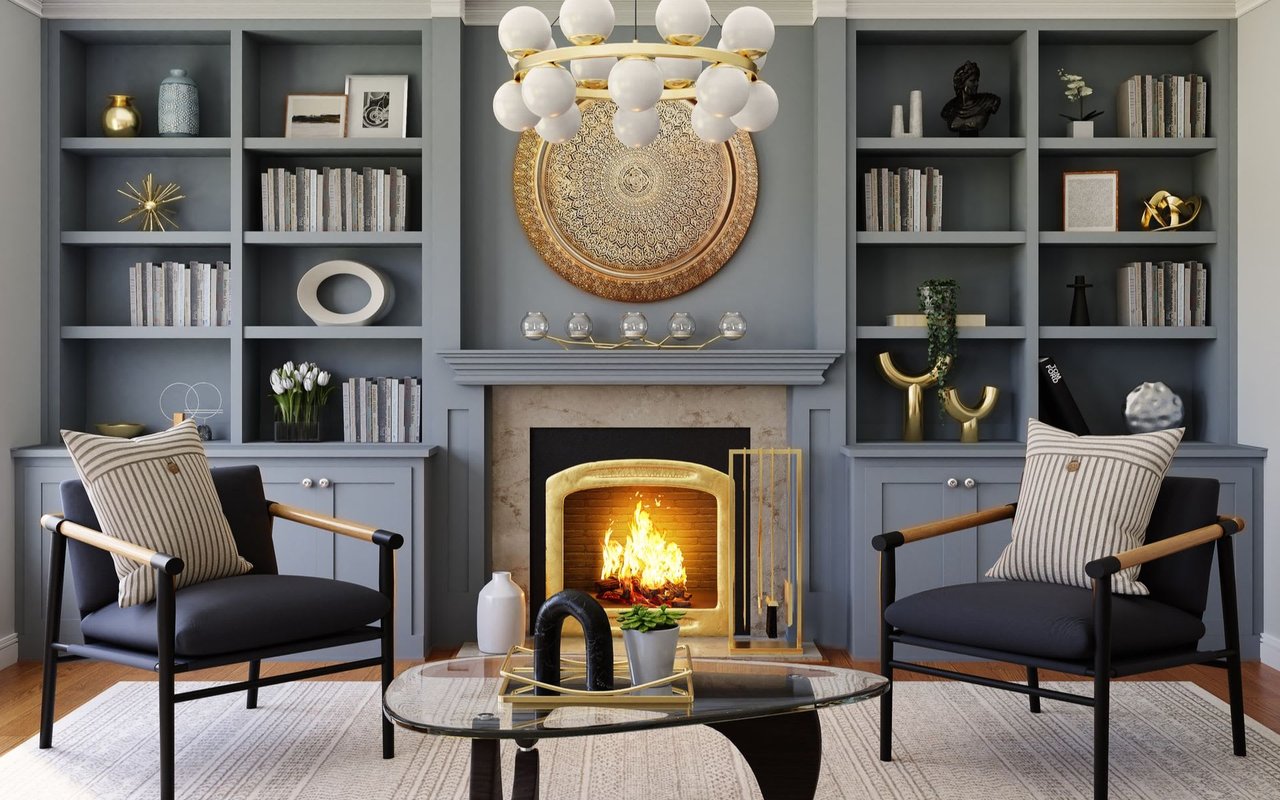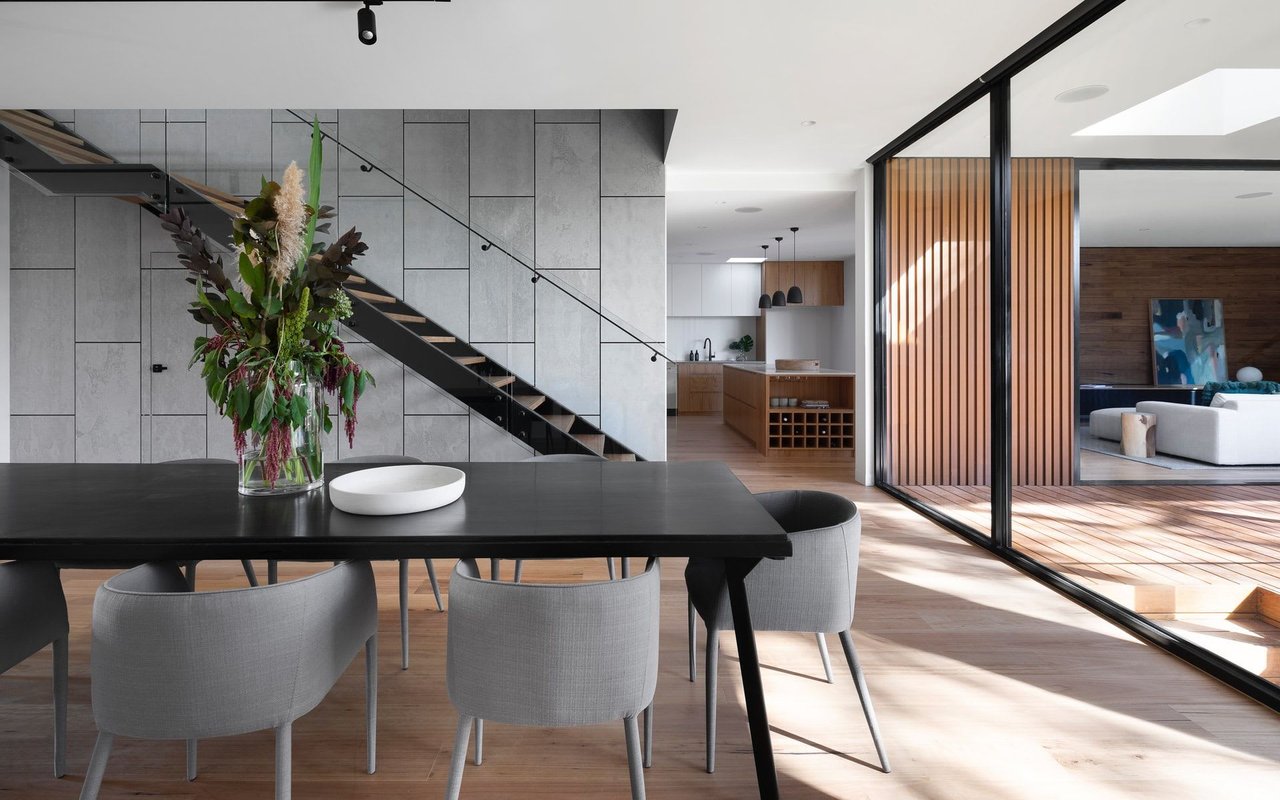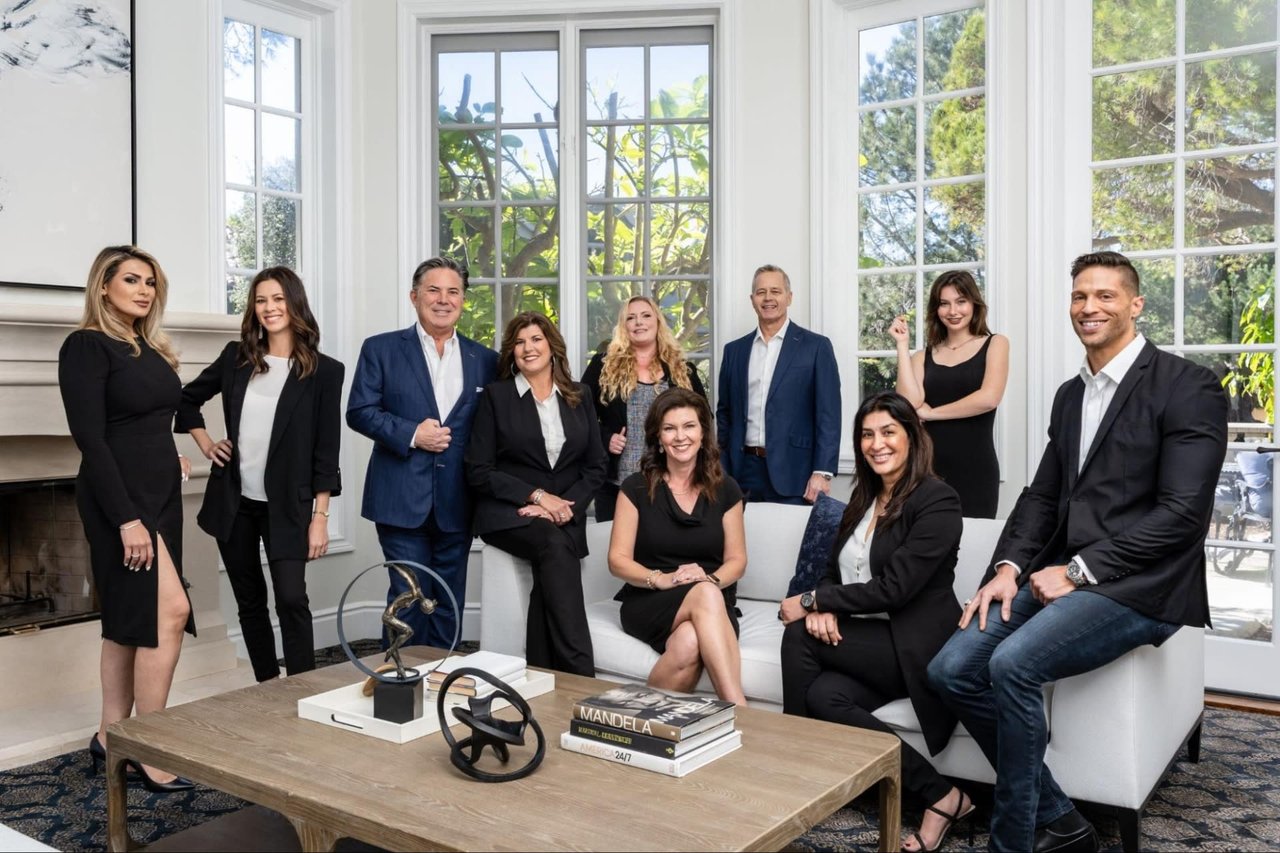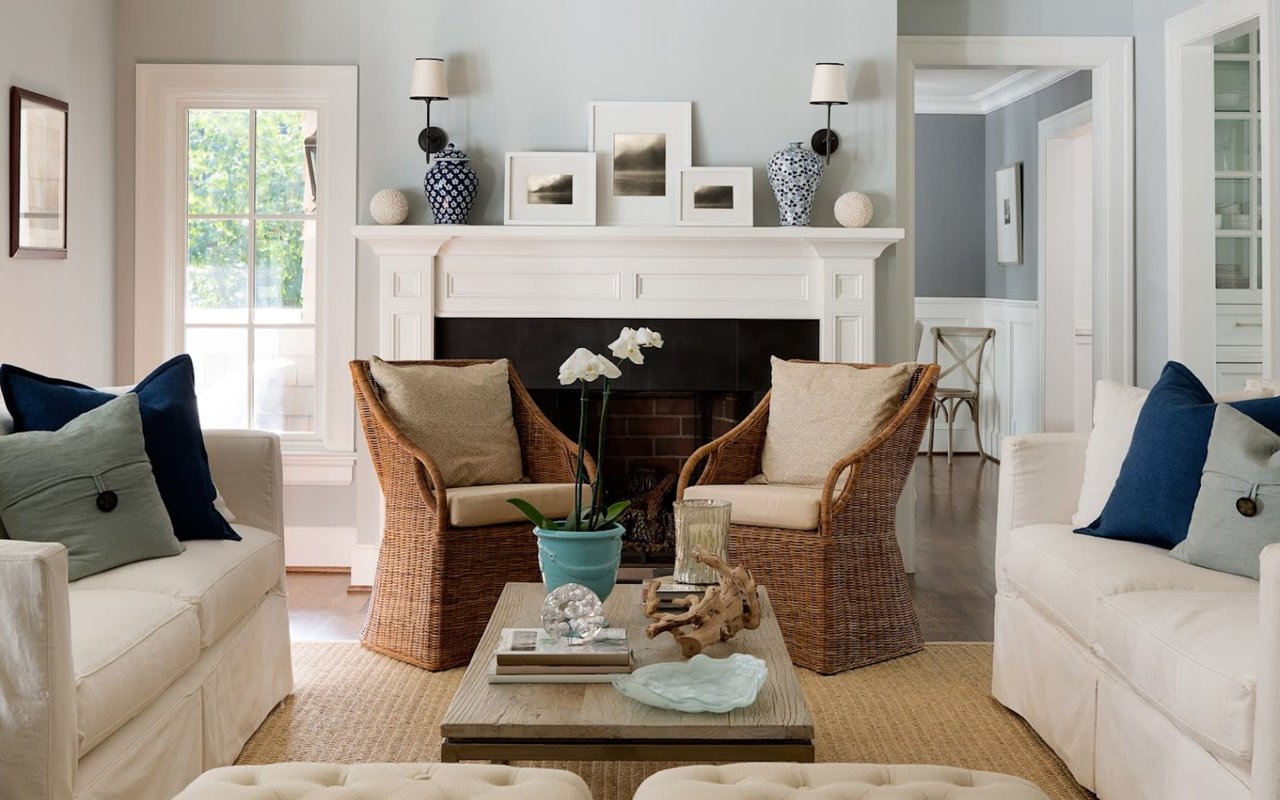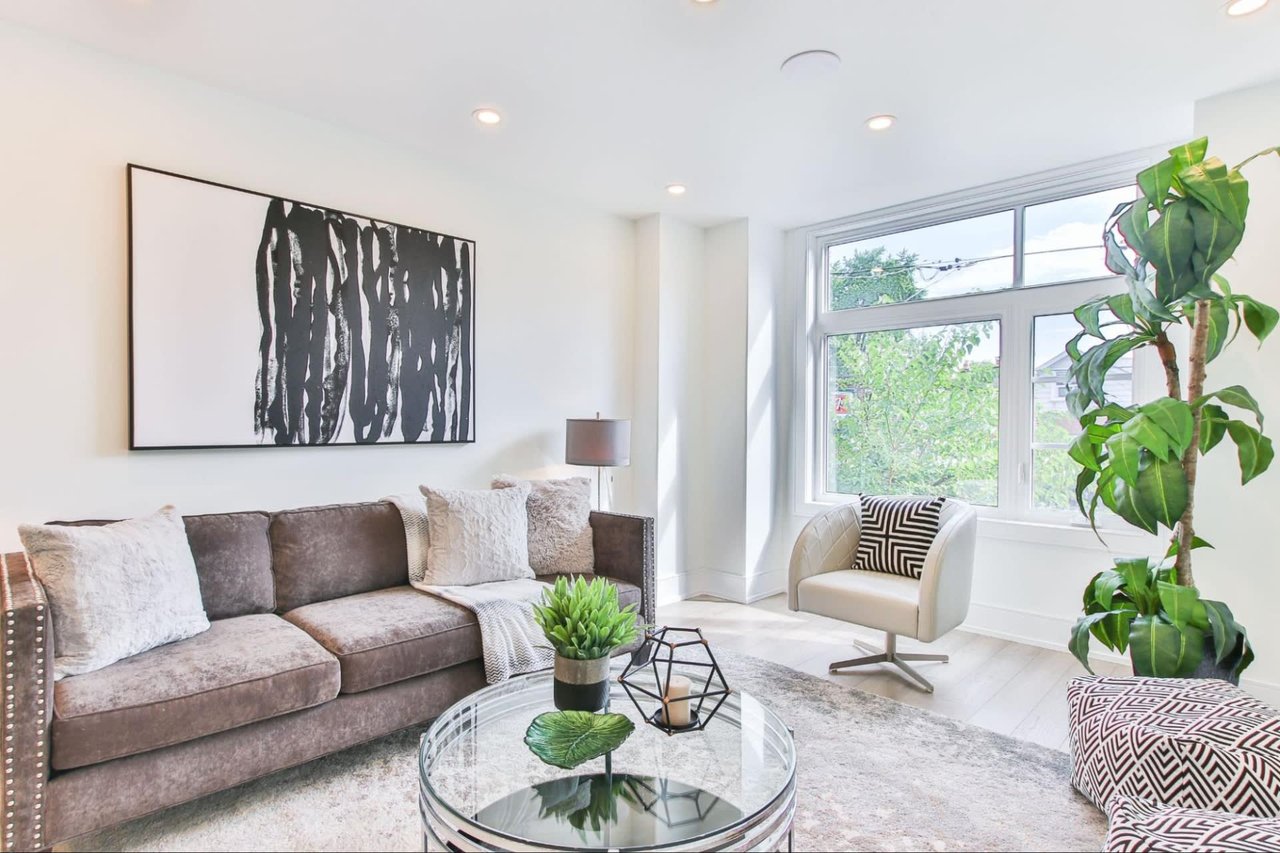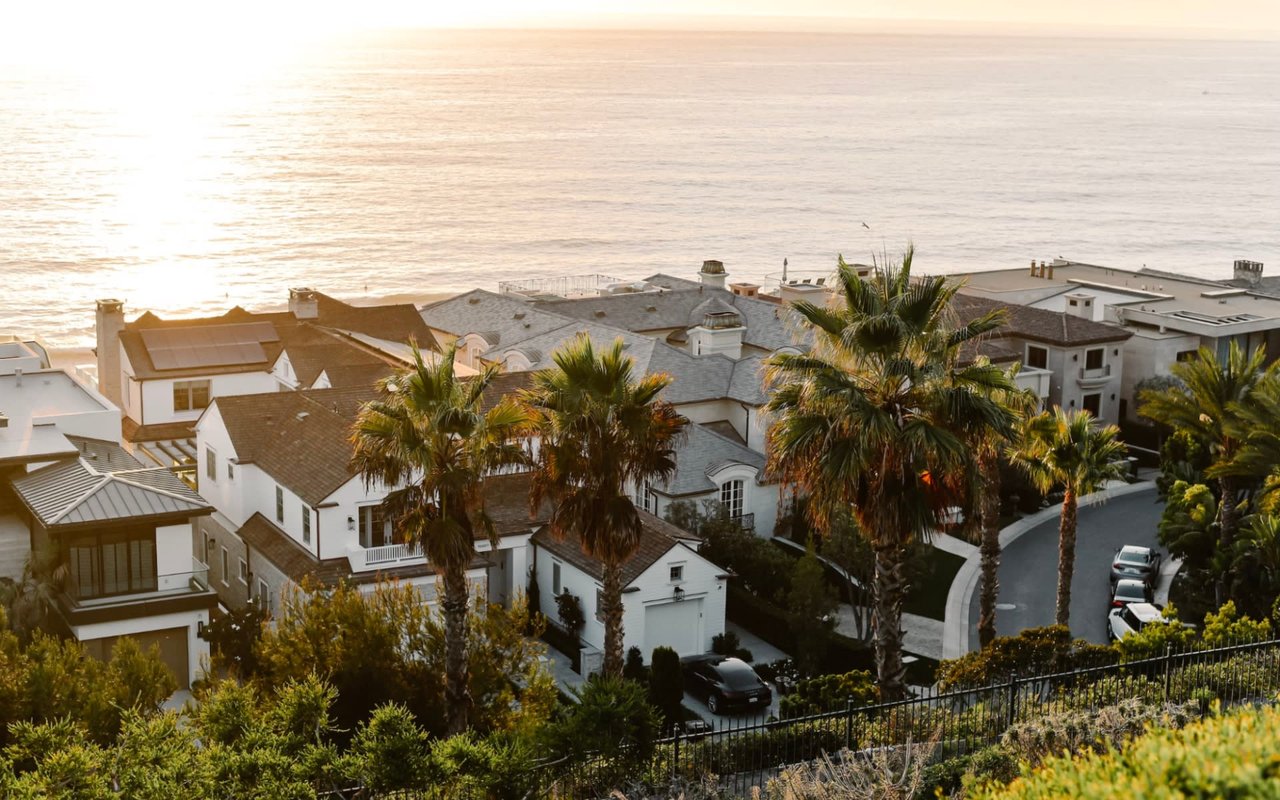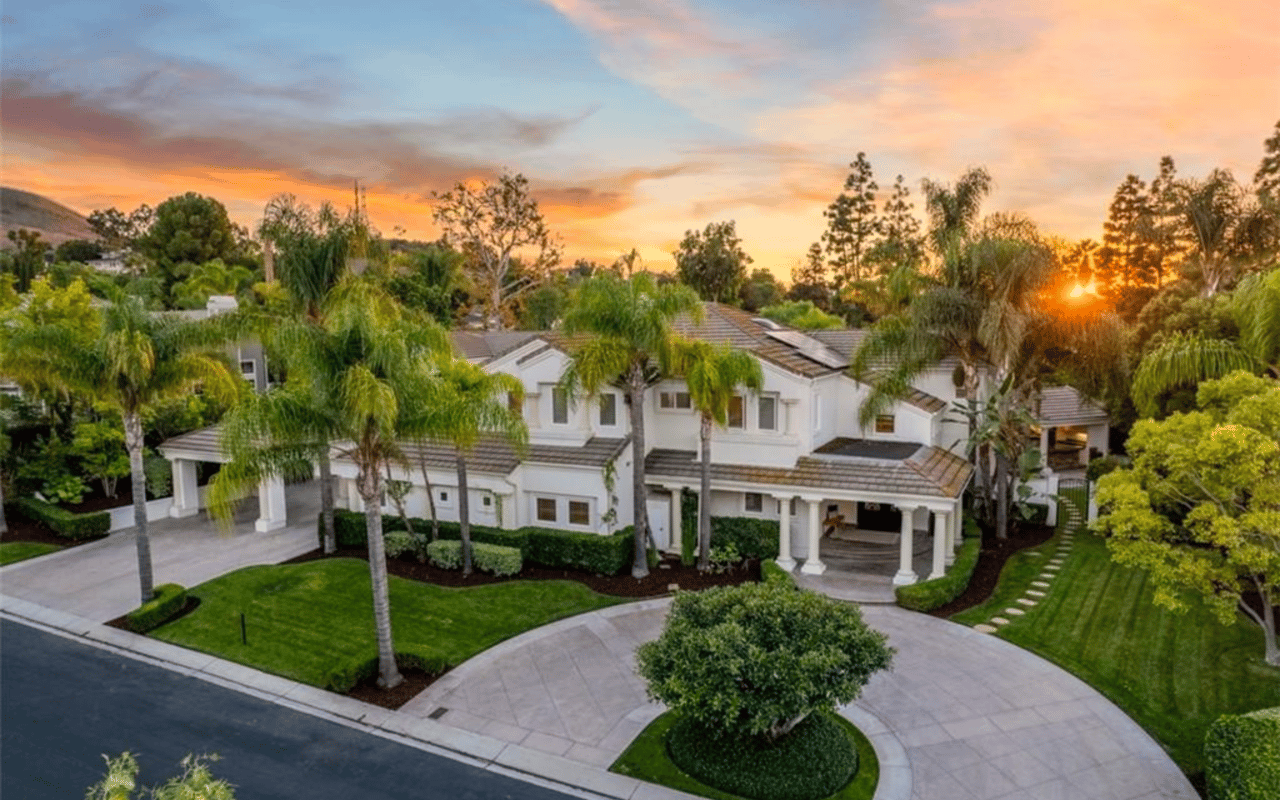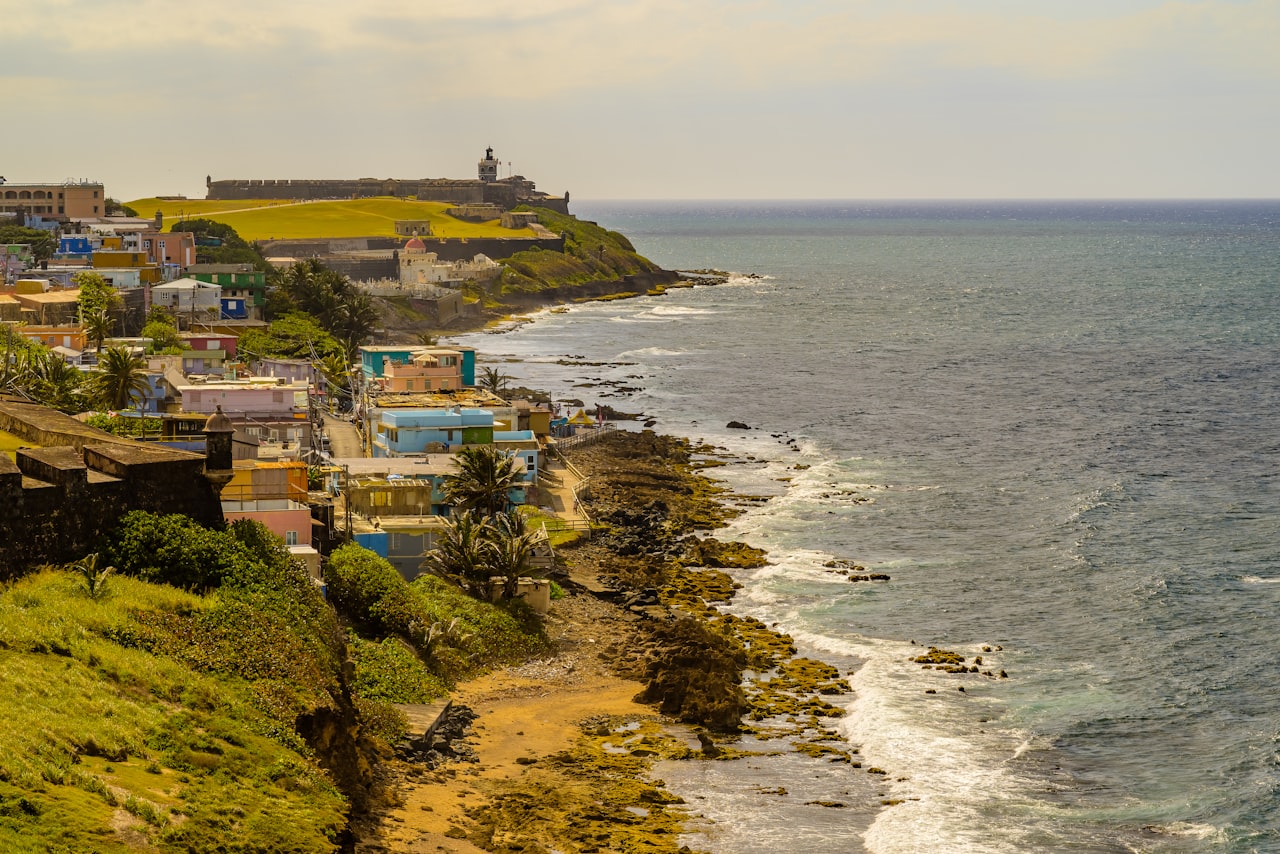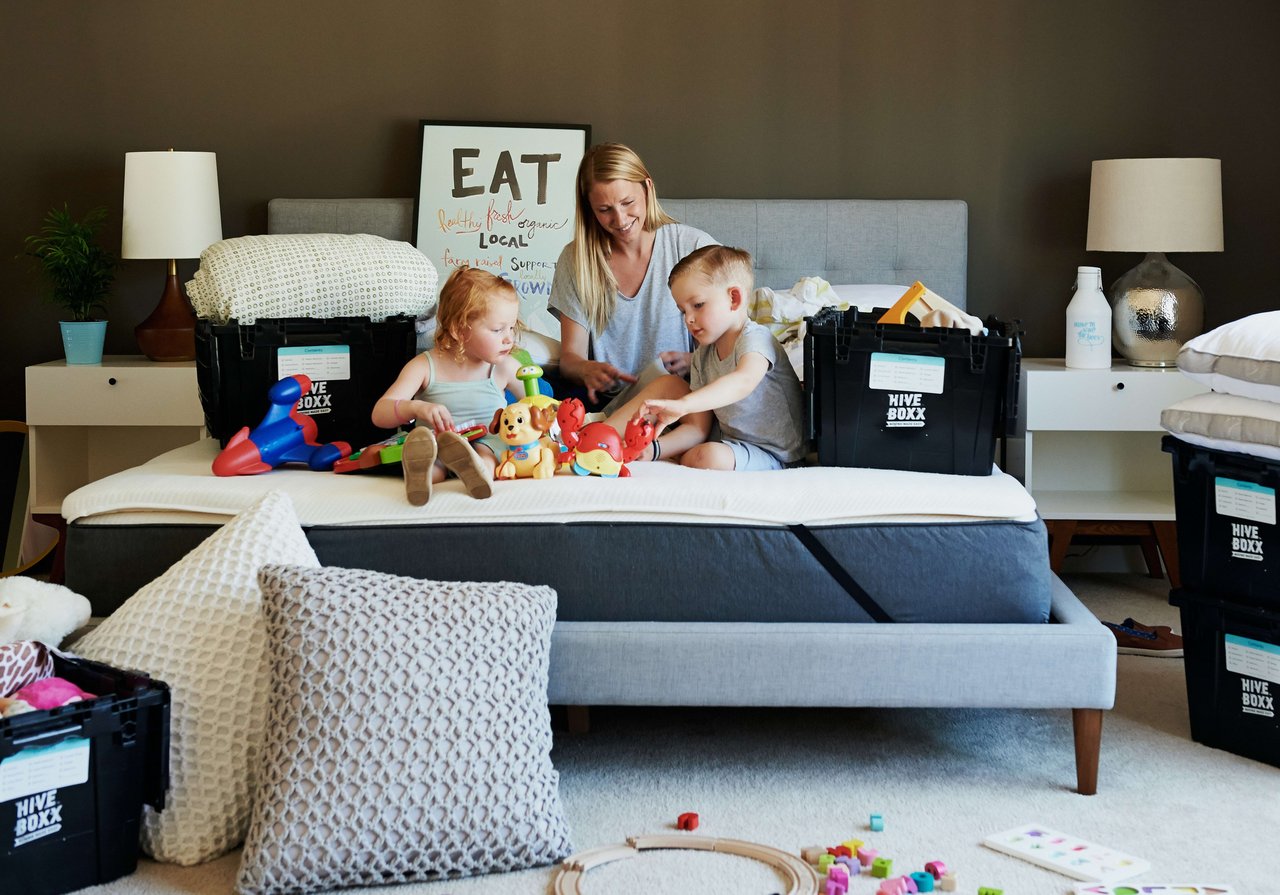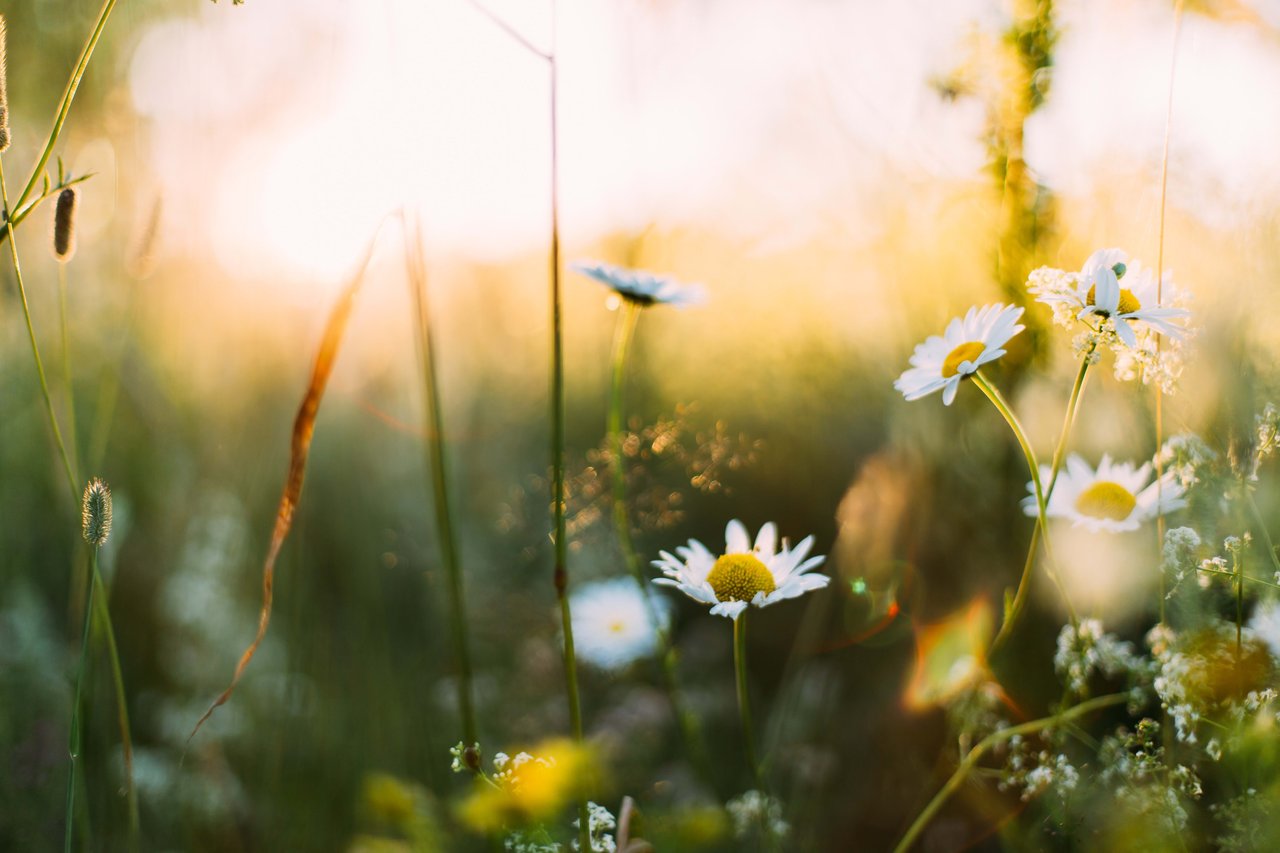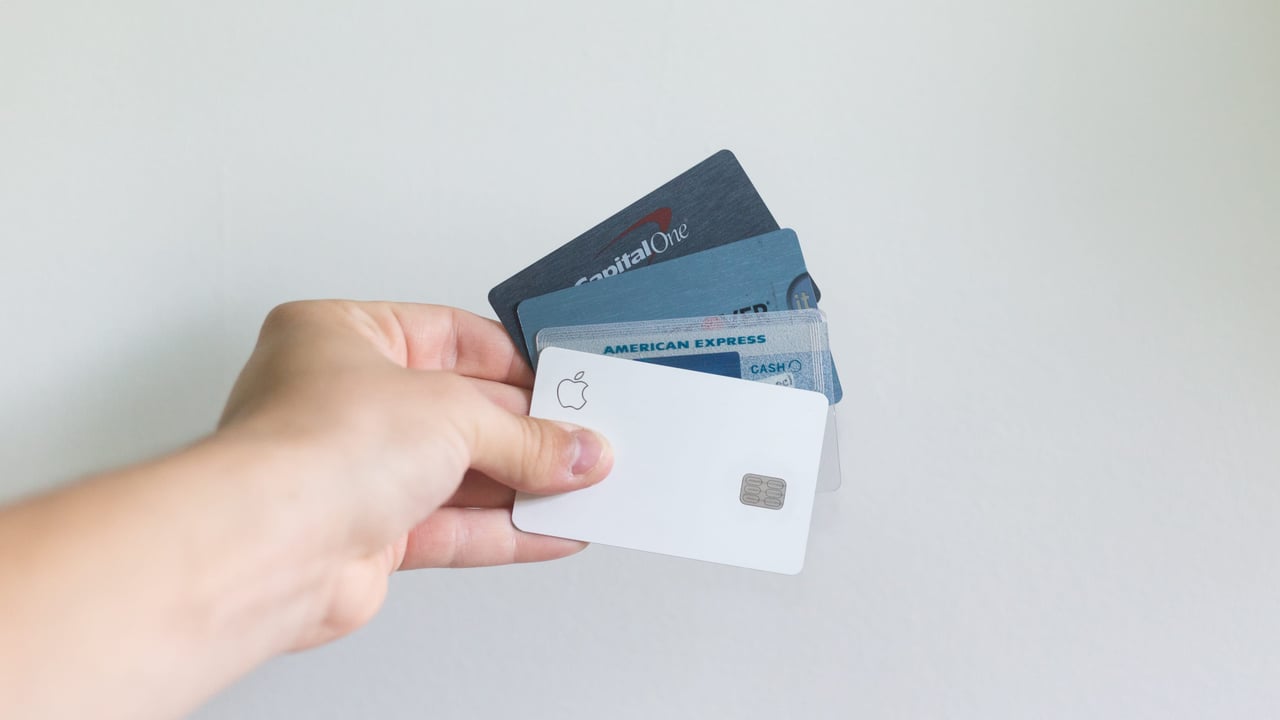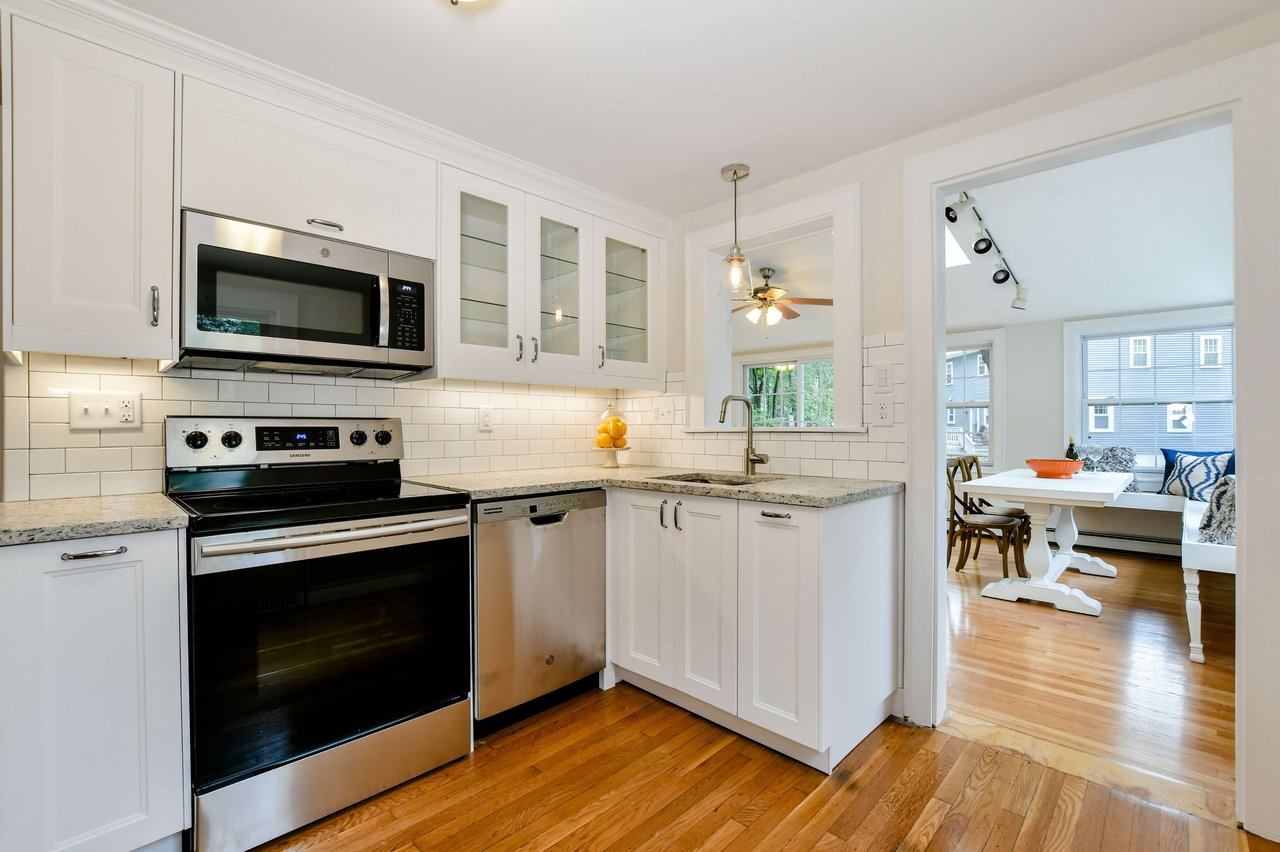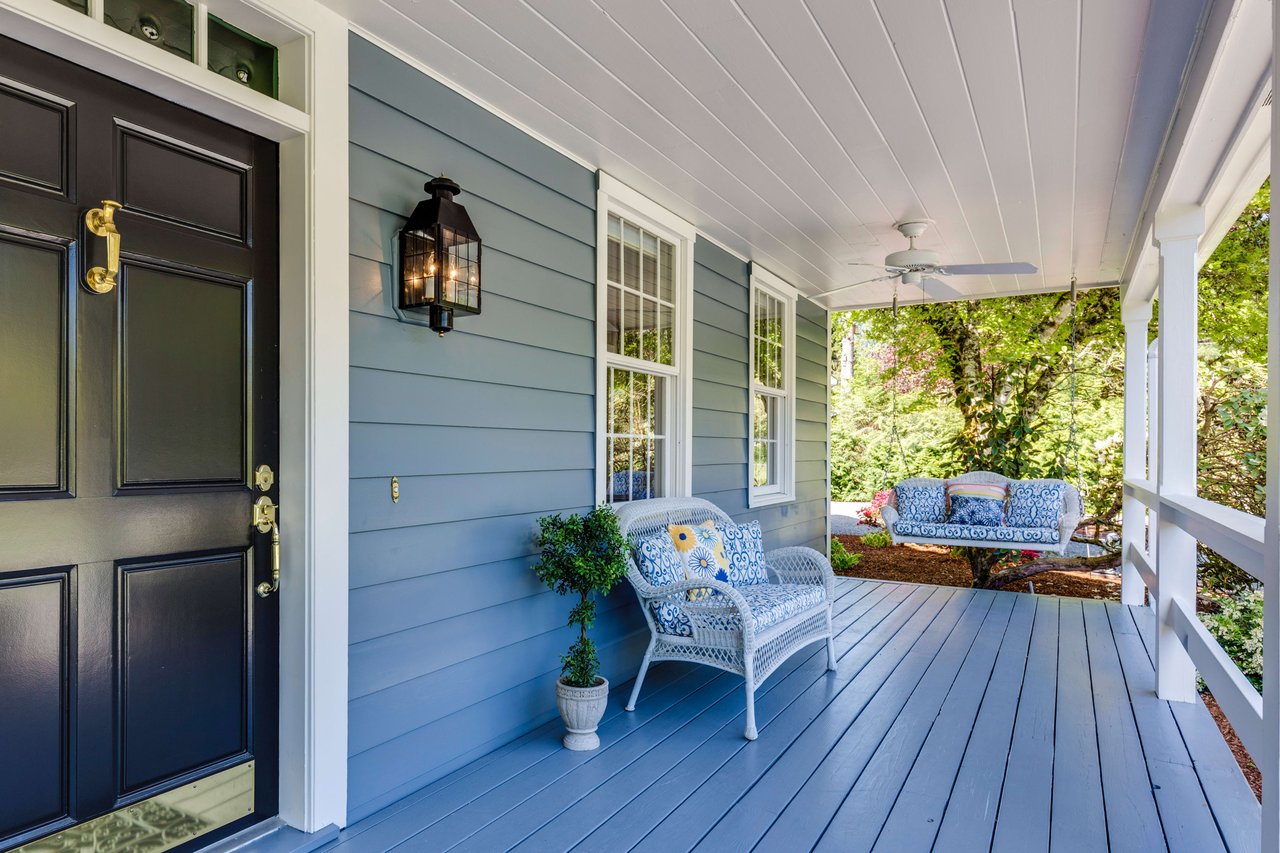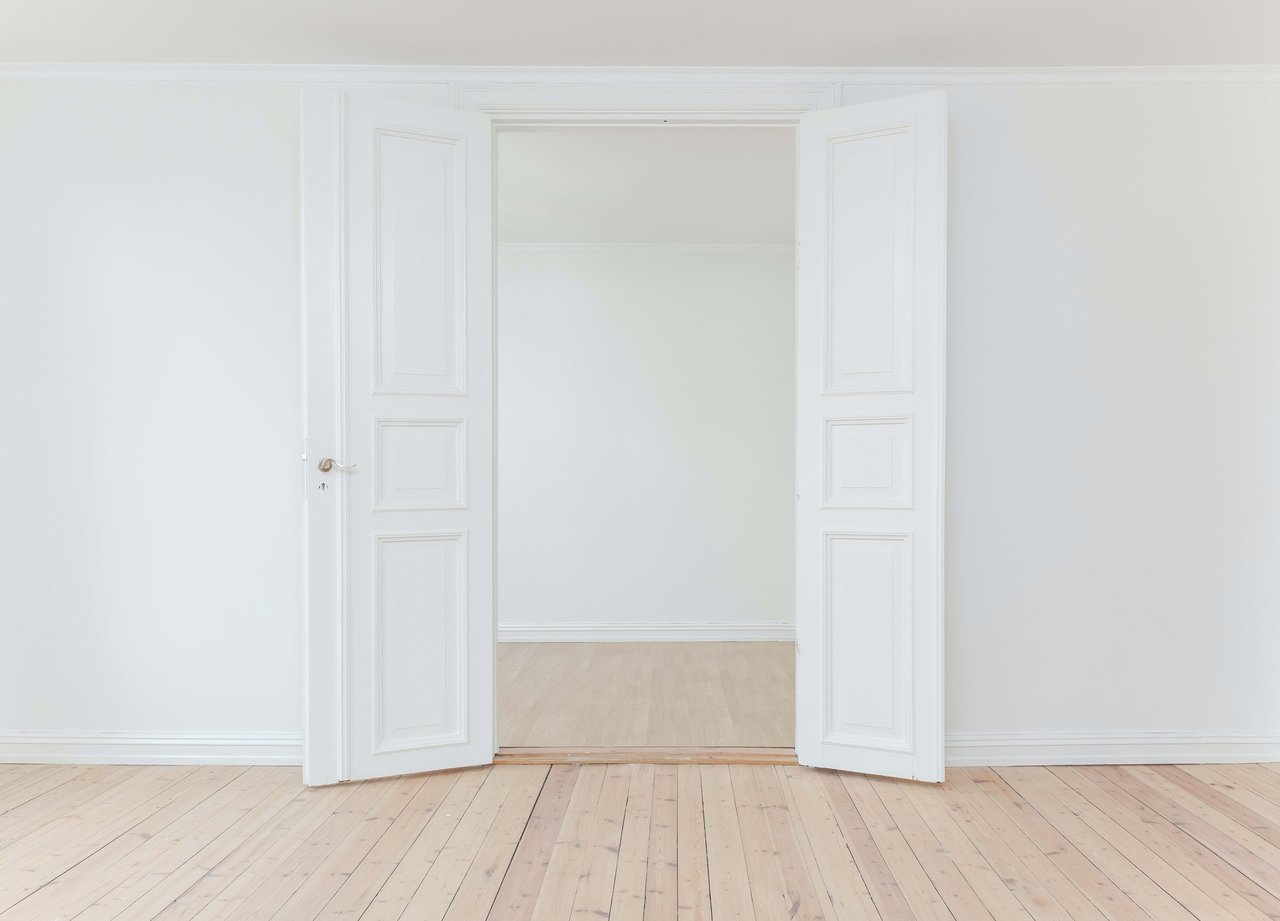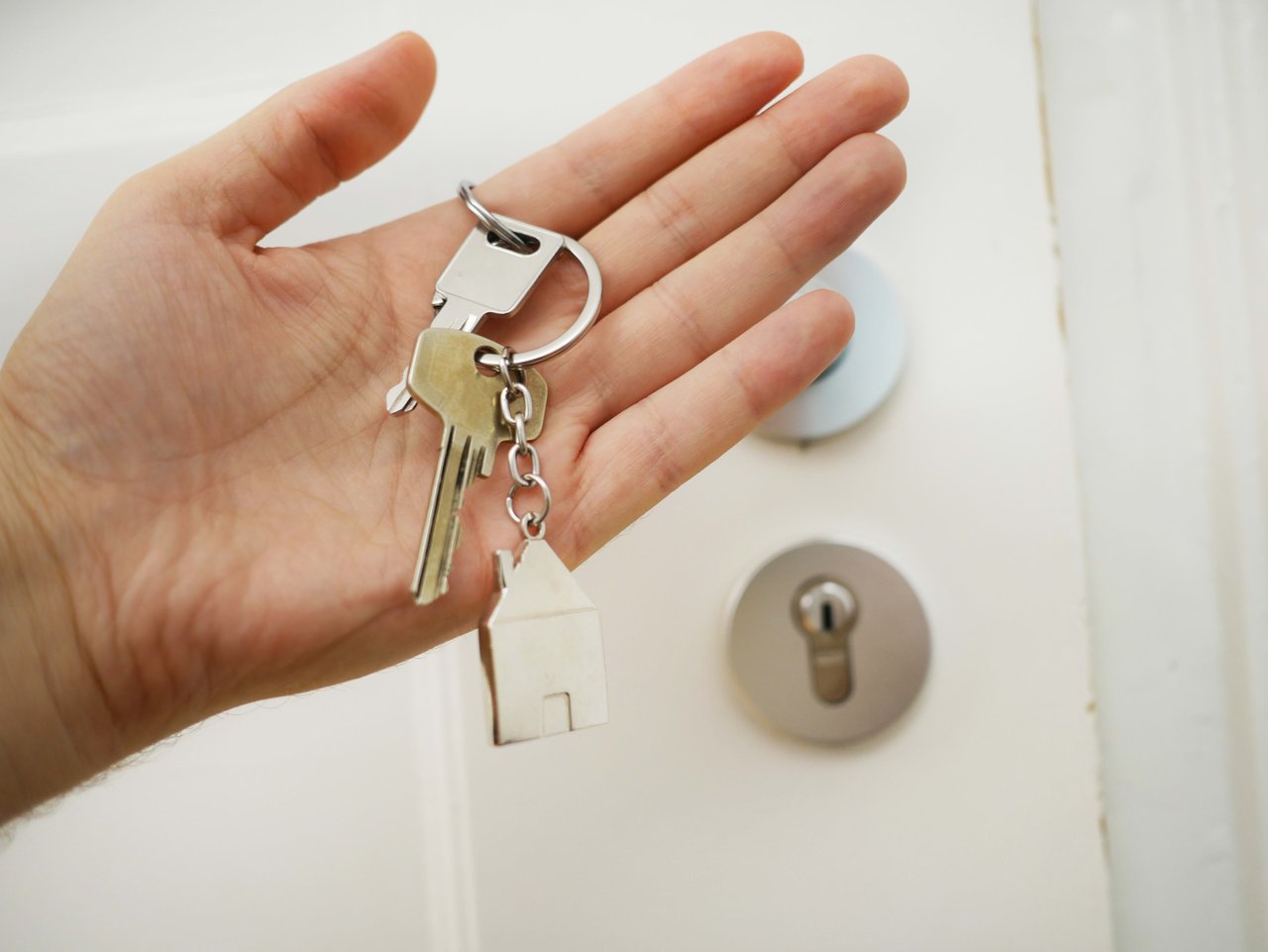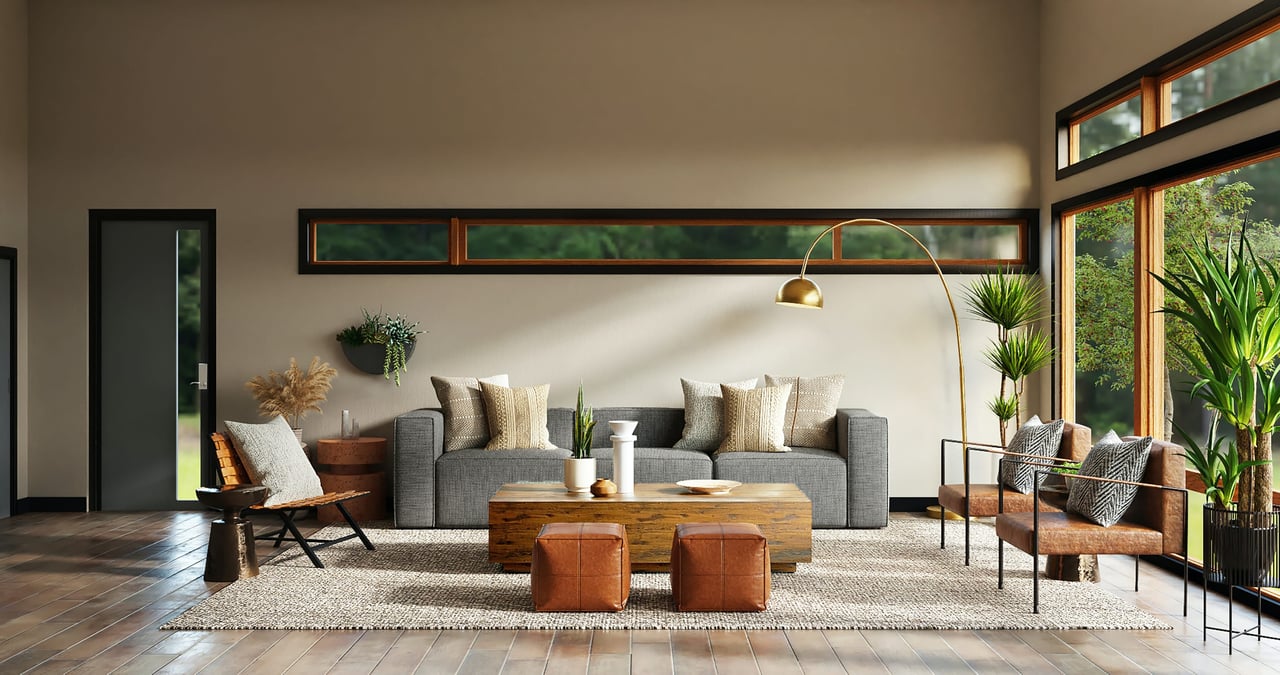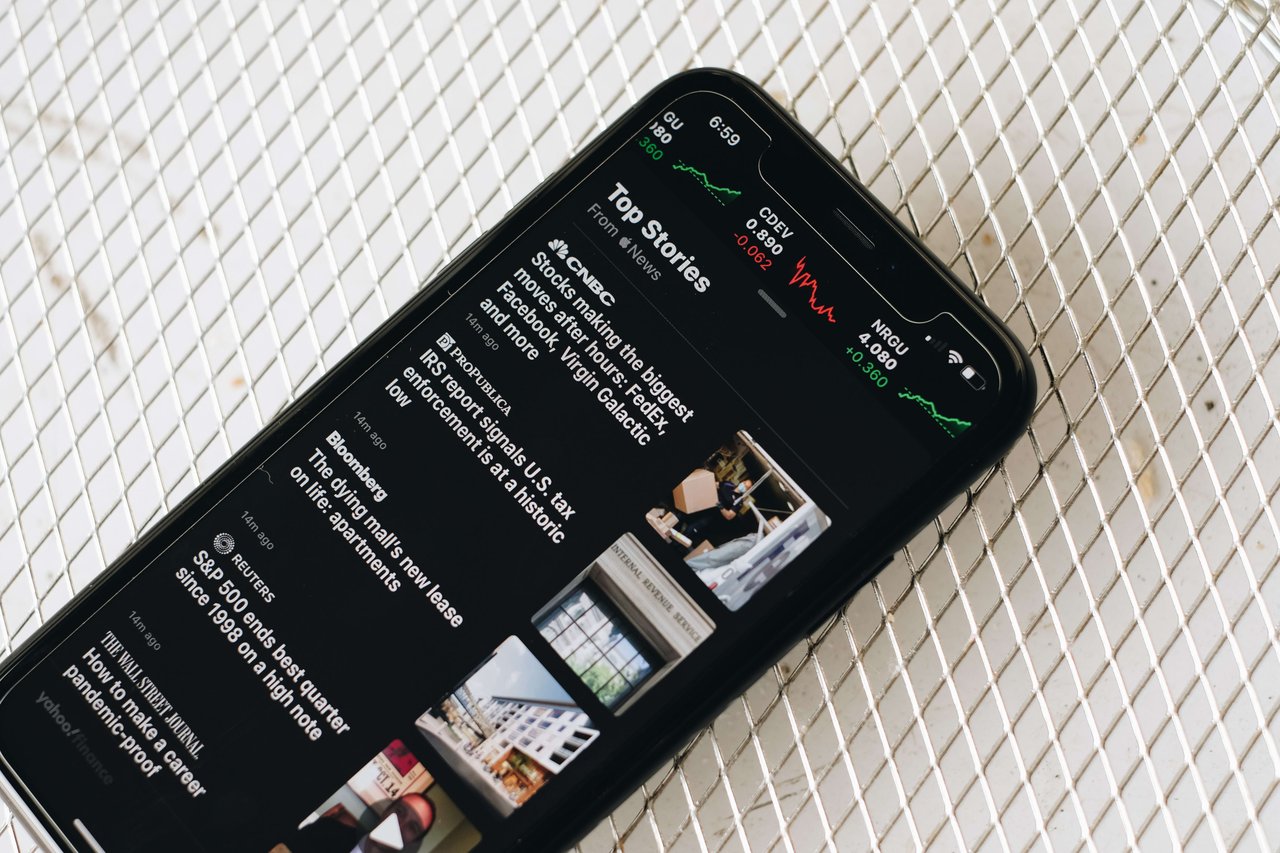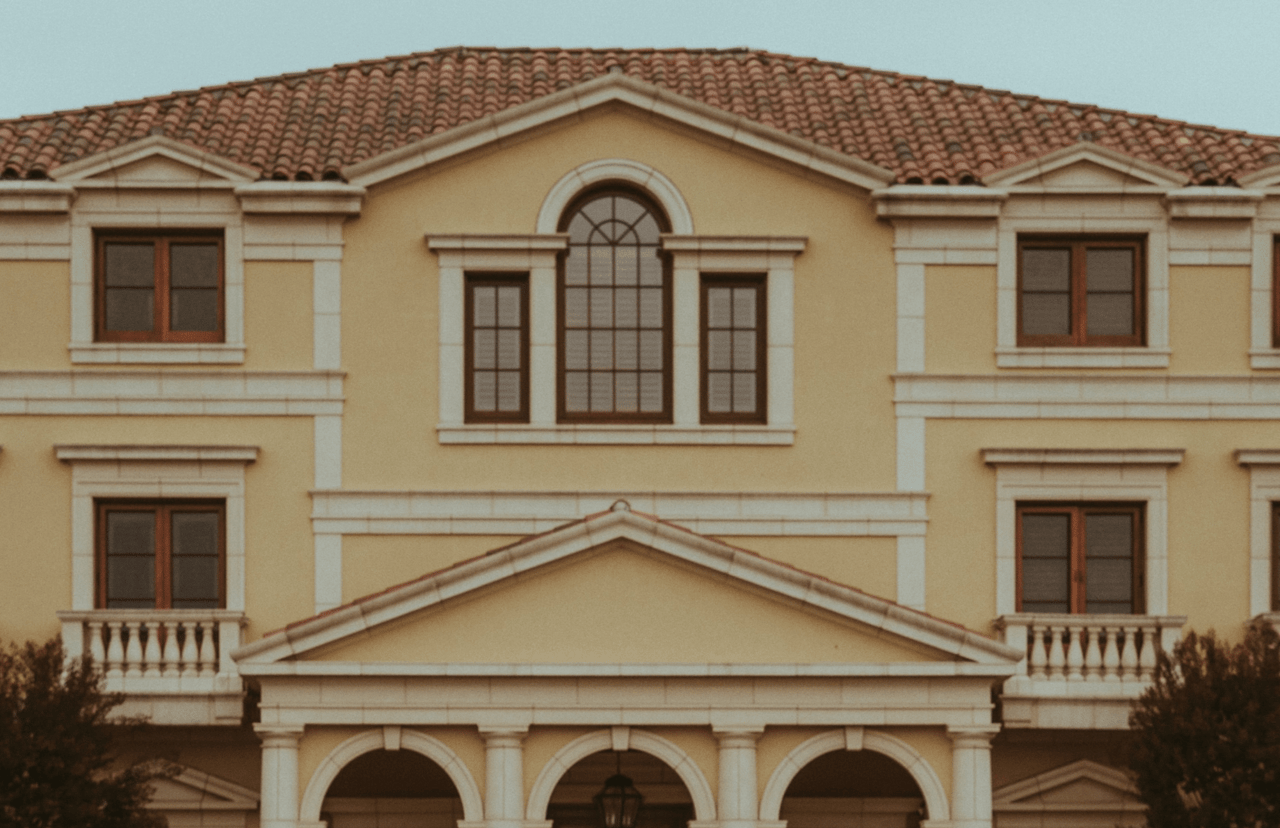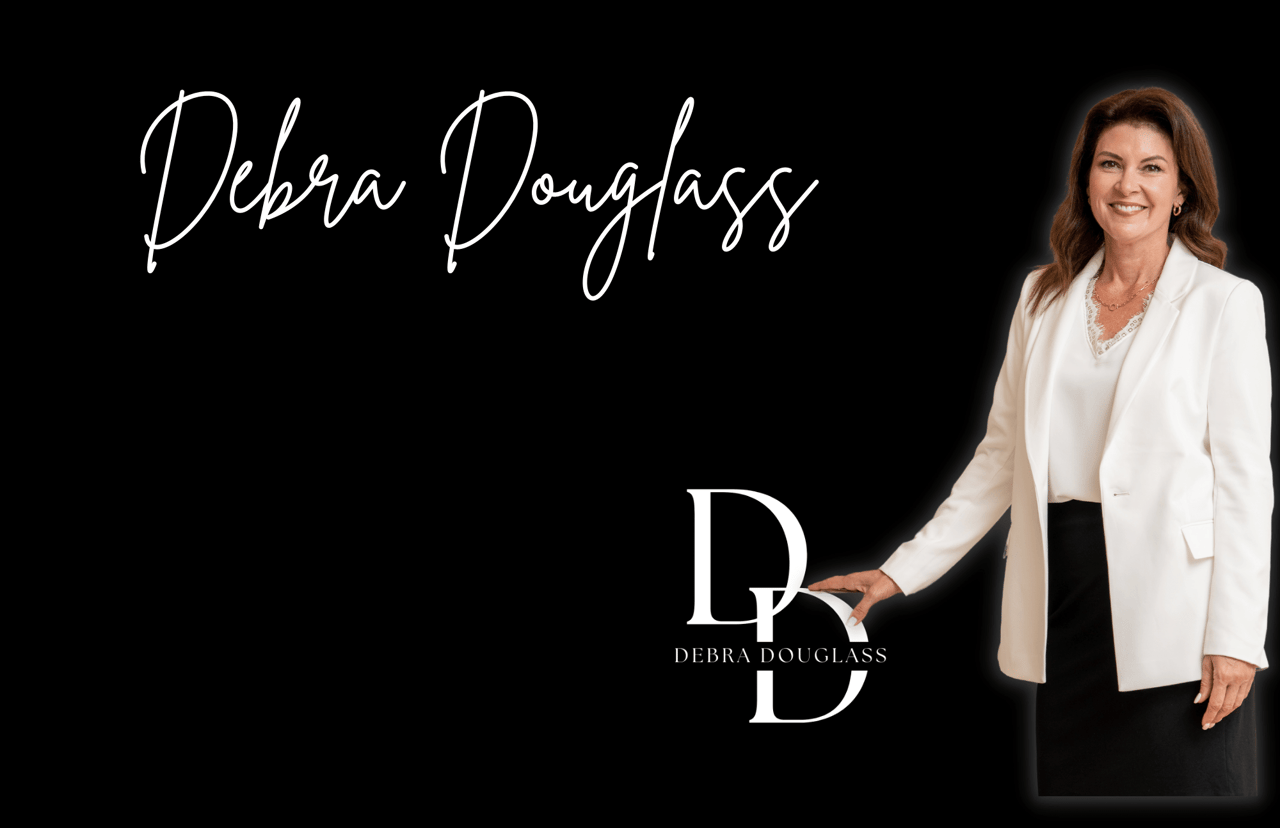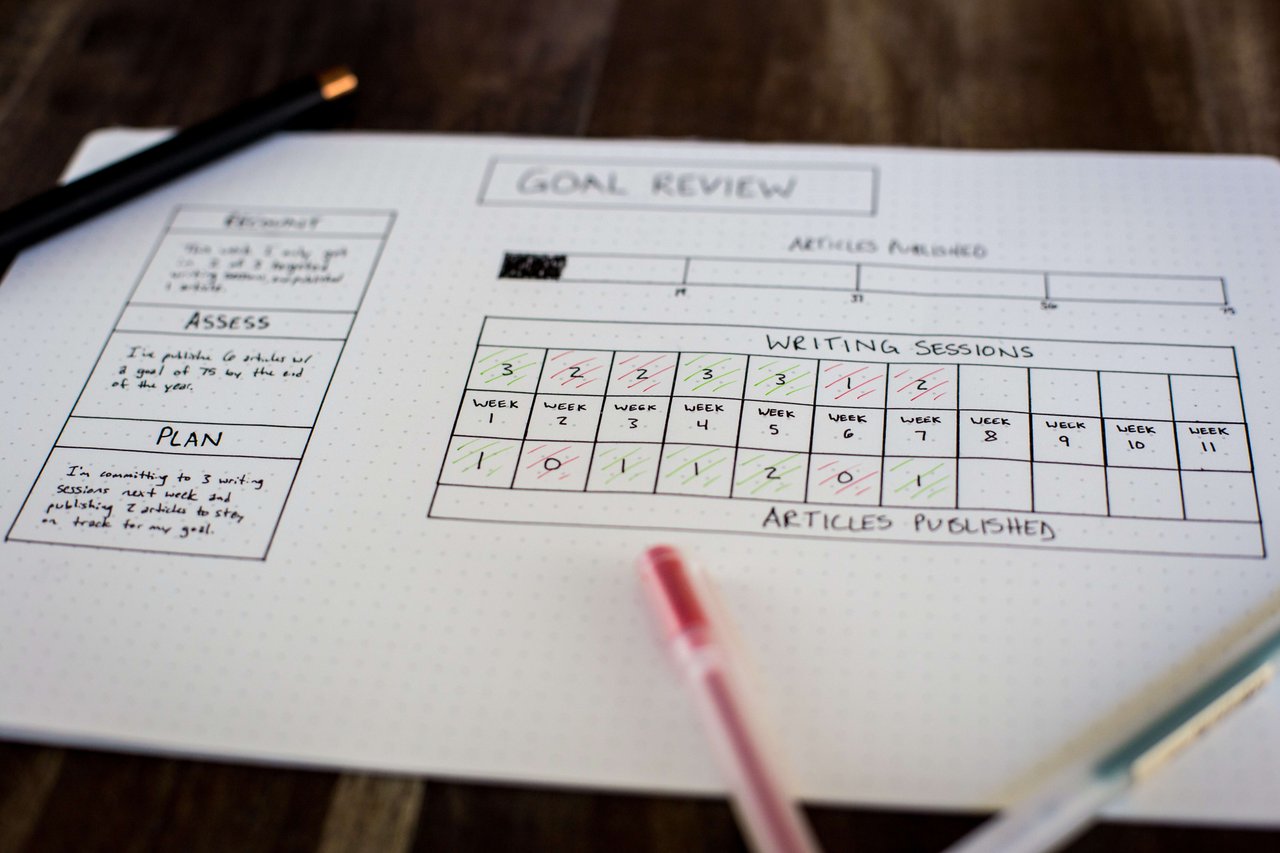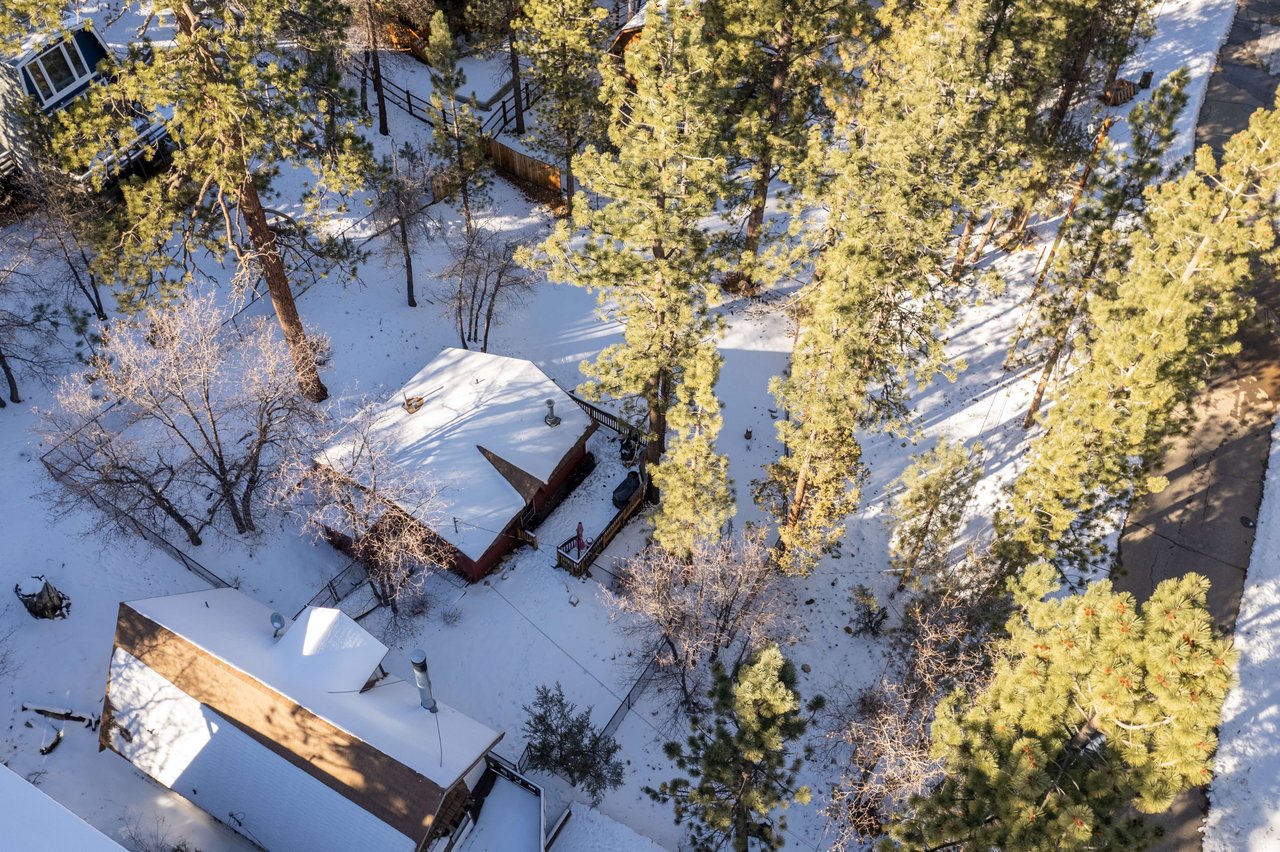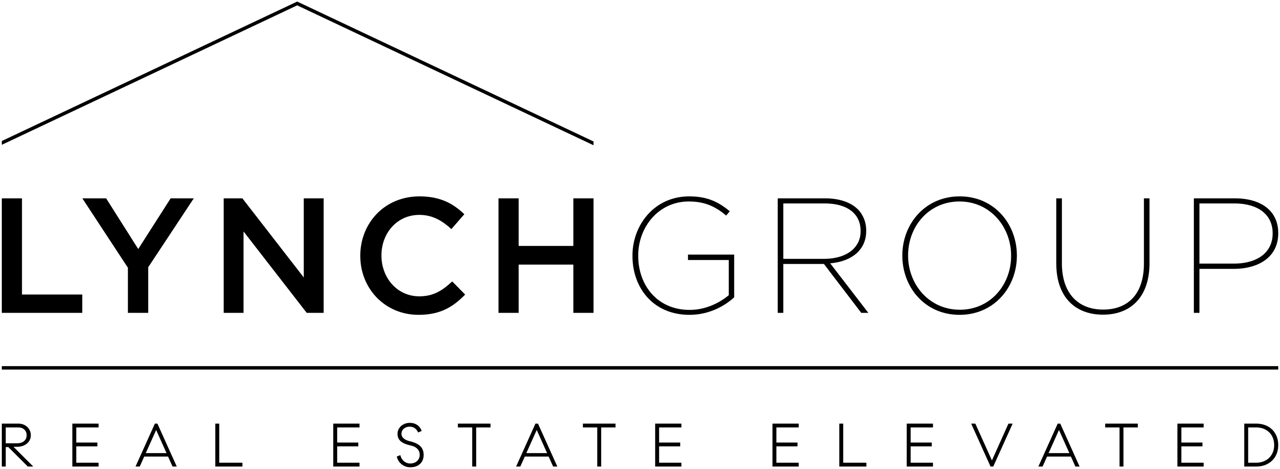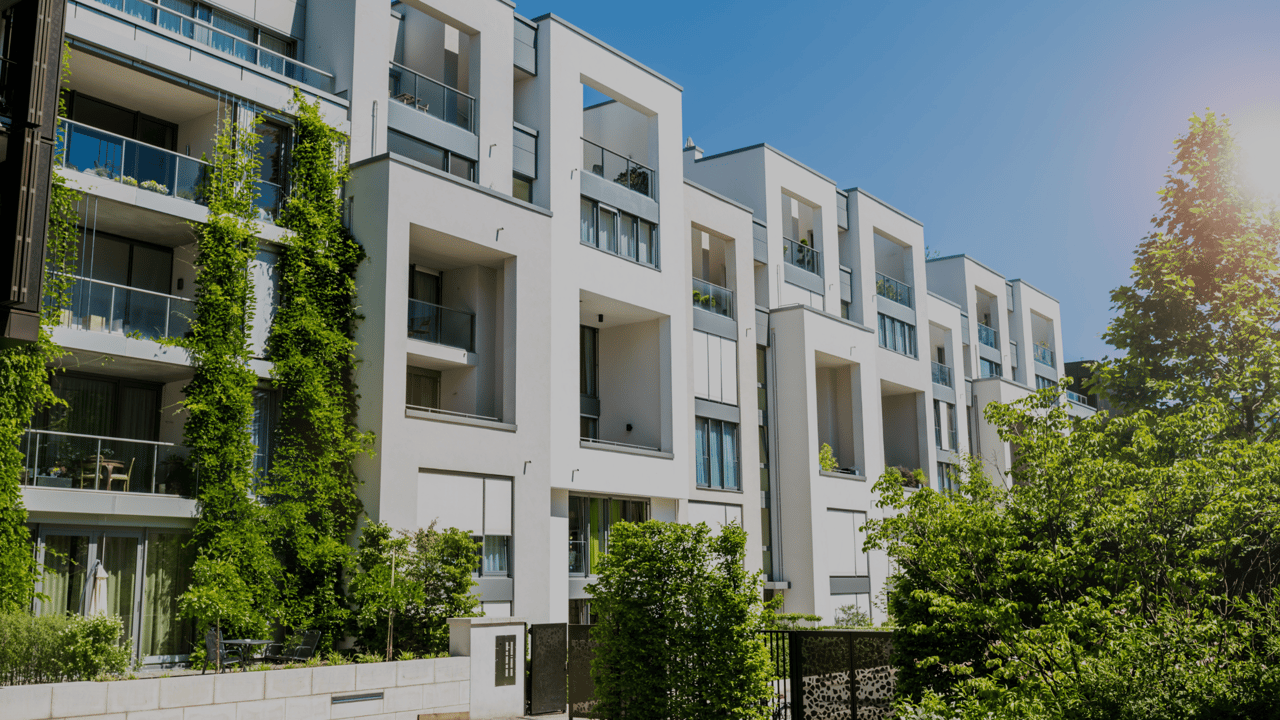Proper lighting is essential in these darkest hours of the year. Unfortunately, incandescent bulbs are expensive and more expensive the longer they last.
Even though change is difficult, LED bulbs today are more efficient than ever. They mimic traditional bulbs in nearly every way and offer homeowners significant benefits.
Leds Are Safer in Homes
Incandescent bulbs get hot. They can get extremely hot when they are enclosed in fixtures like ceiling cans. Many stories have been told about recessed lighting setting fire to their ceilings because a homeowner put the wrong wattage bulb in it in an effort to brighten the space.
A 100-watt incandescent bulb produces significantly more heat that a 40-watt or 60-watt bulb.
LED bulbs, however, produce very little heat, regardless of how bright or colorful they are.
Overheating poses almost no fire risk, so they are safe to be left running, even in cans.
Furthermore, LED recessed lighting kits are now available to replace old can light housings. This reduces risk and allows for upgraded construction.
Leds Offer Additional Features
Although they are great at producing light, incandescent bulbs can be a bit limited. LED lights are extremely versatile.
You can install speakers to play music on-demand in bathrooms and covered patios, where it might be difficult to have a smart speaker or stereo.
You can change the color of your bulb by simply touching the button. It’s as easy as 1-2-3 on your smartphone to change the color of your kitchen light.
You can also switch between yellow and blue hues as you wish. Even without a smart switch, you can turn on or off a smart bulb.
Energy Consumption: Incandescent Bulbs Versus Plain Leds
Another benefit of LED bulbs is that they can save money and energy. Although it may not seem like much, running a 60-watt, incandescent lightbulb for five hours per day can add up to $11 per year in energy costs. If you have 30 bulbs in your home, that is $330 per year.
The incandescent bulb has a life expectancy of about 1,000 hours. If you use them for five hours per day, they will need to be replaced every six months. This is on top the $330 you’ll spend on electricity.
People who work remotely may need to have their lighting on for up to 16 hours per day. The cost of an incandescent bulb can run upwards of $35 per year, with the bulb changing every few months. These 30 bulbs cost over $1,000 in electricity alone!
LEDs are much more cost-effective than incandescent bulbs and last for a lot longer. A 10-watt LED bulb will last for five years and cost $1.83 per year. It can run for five hours per day.
The 10-watt LED will still cost $5.84 per day to run, even with 16 hours of daily use. 30 LEDs will cost $175 annually. They’ll last for at least two years (or 1.71 years).
